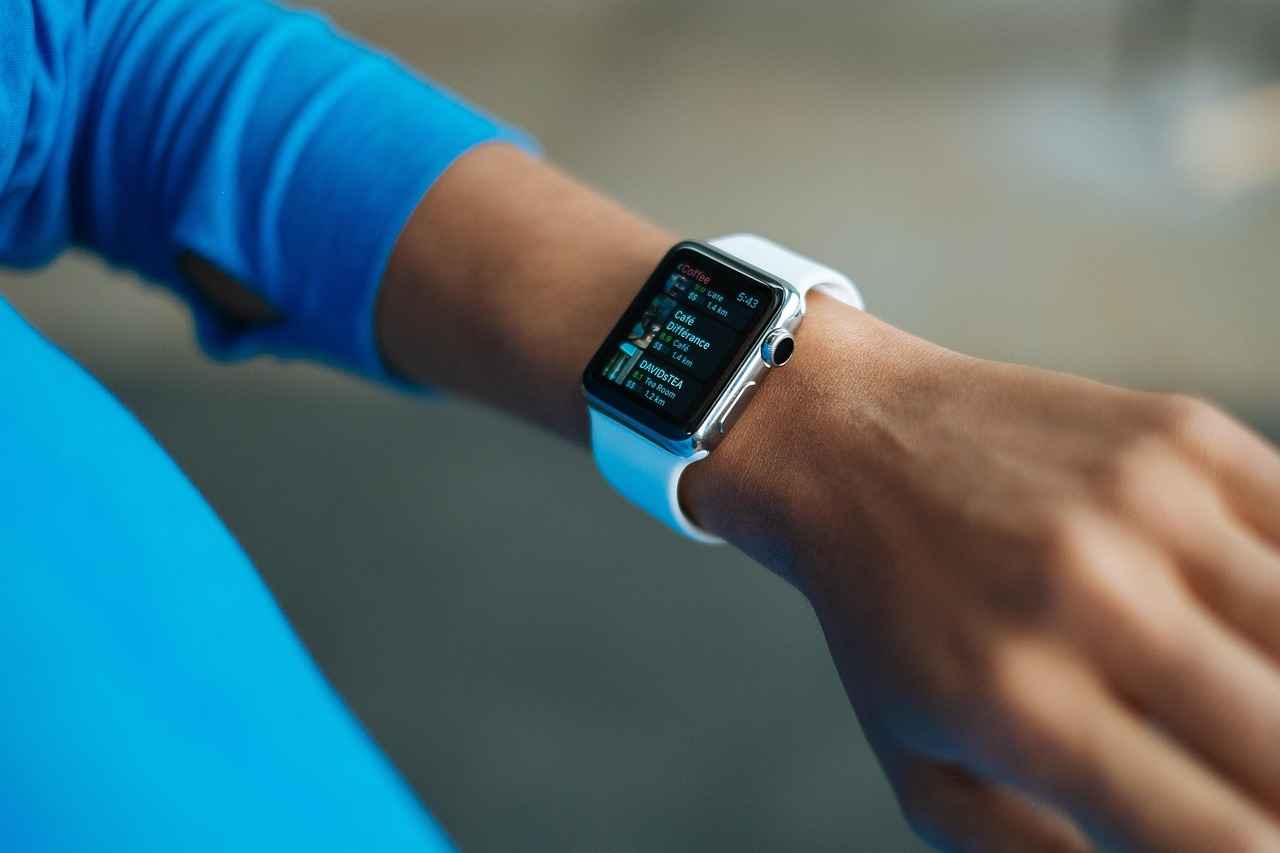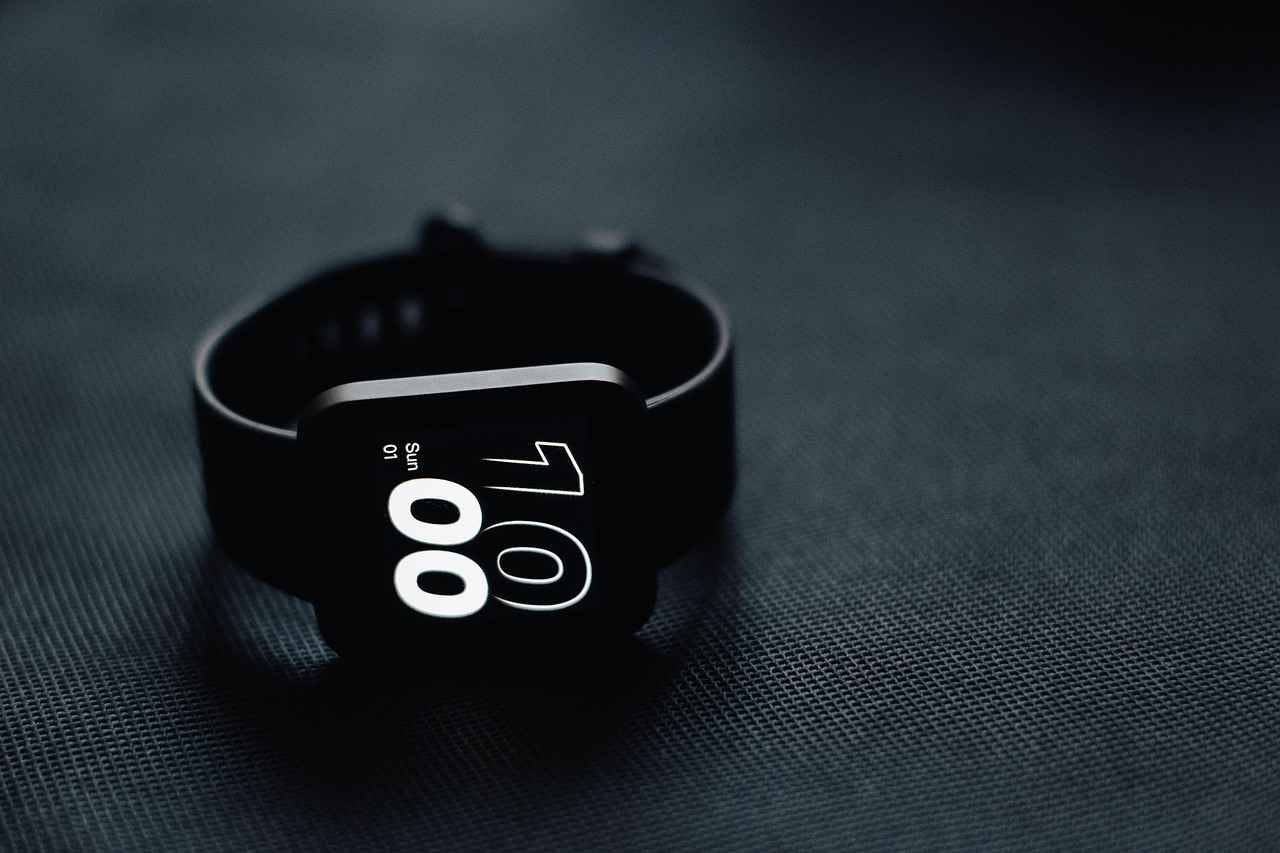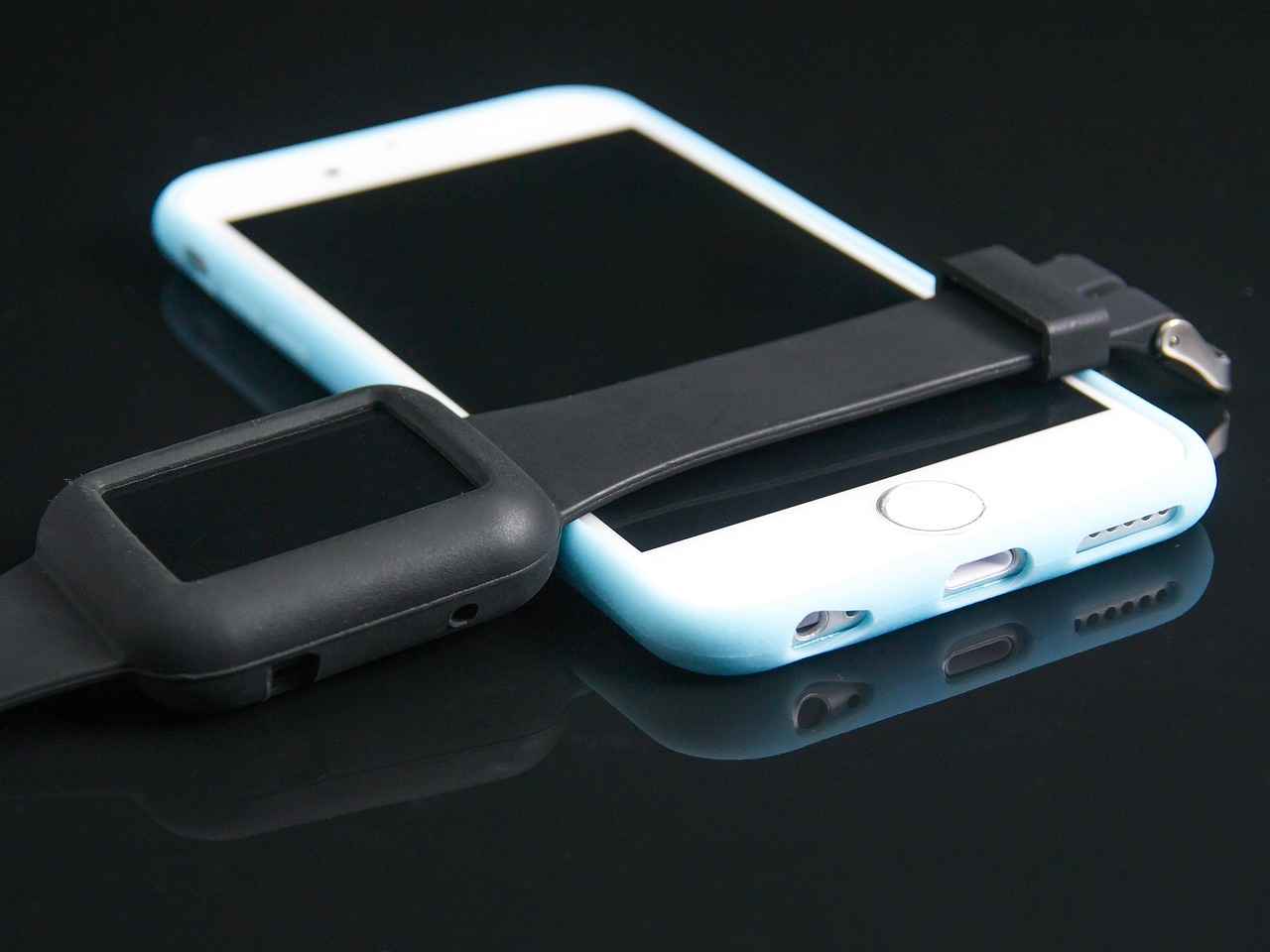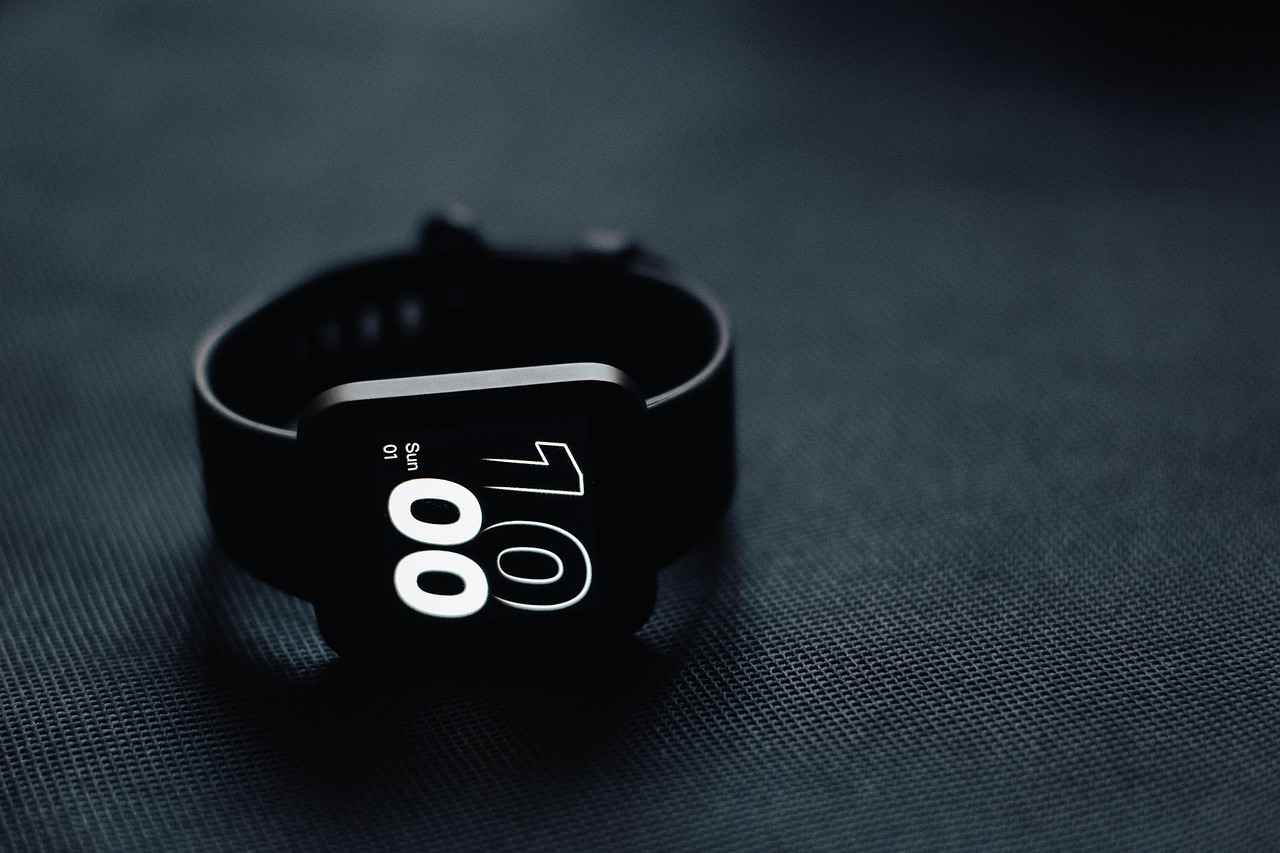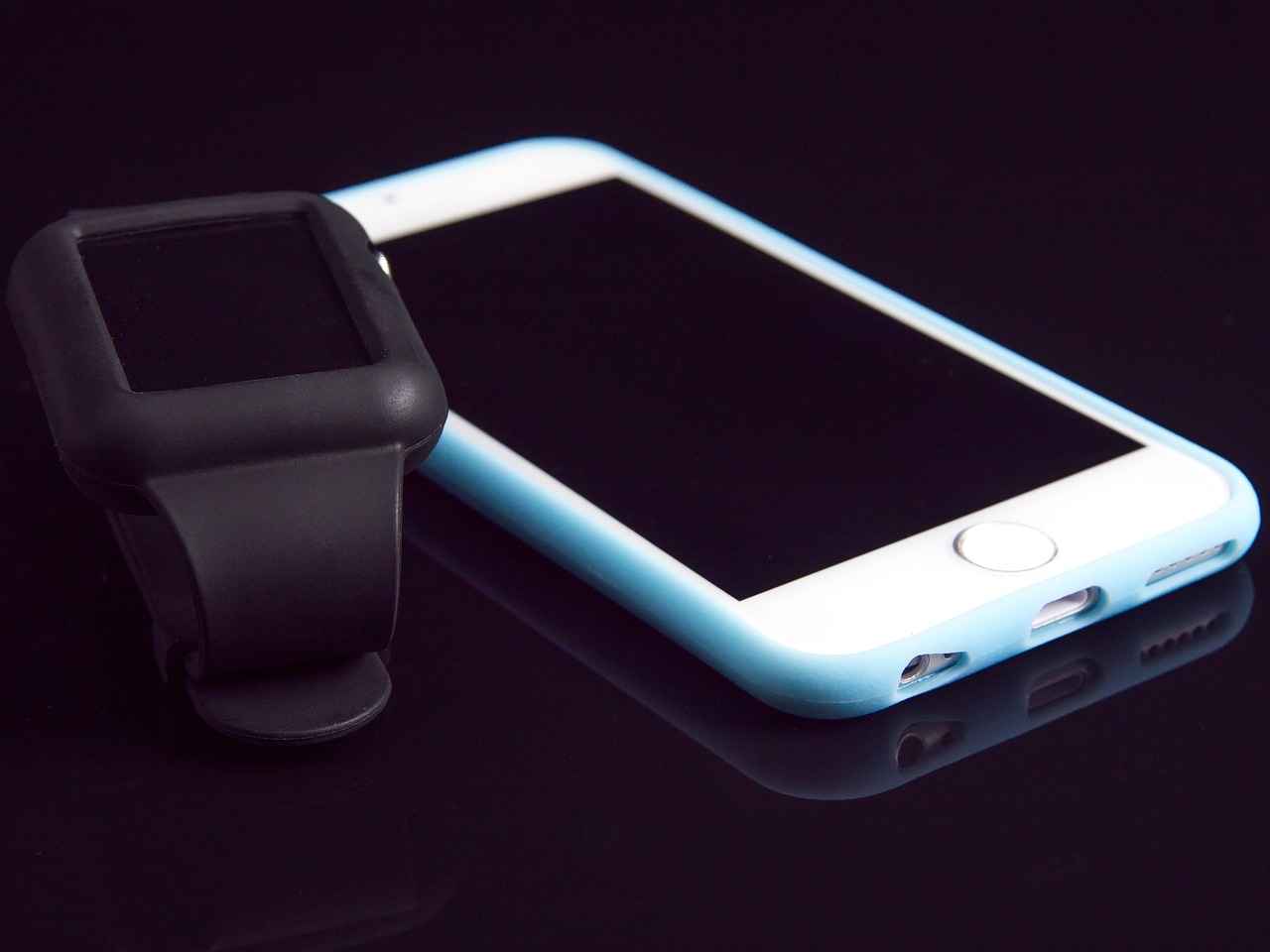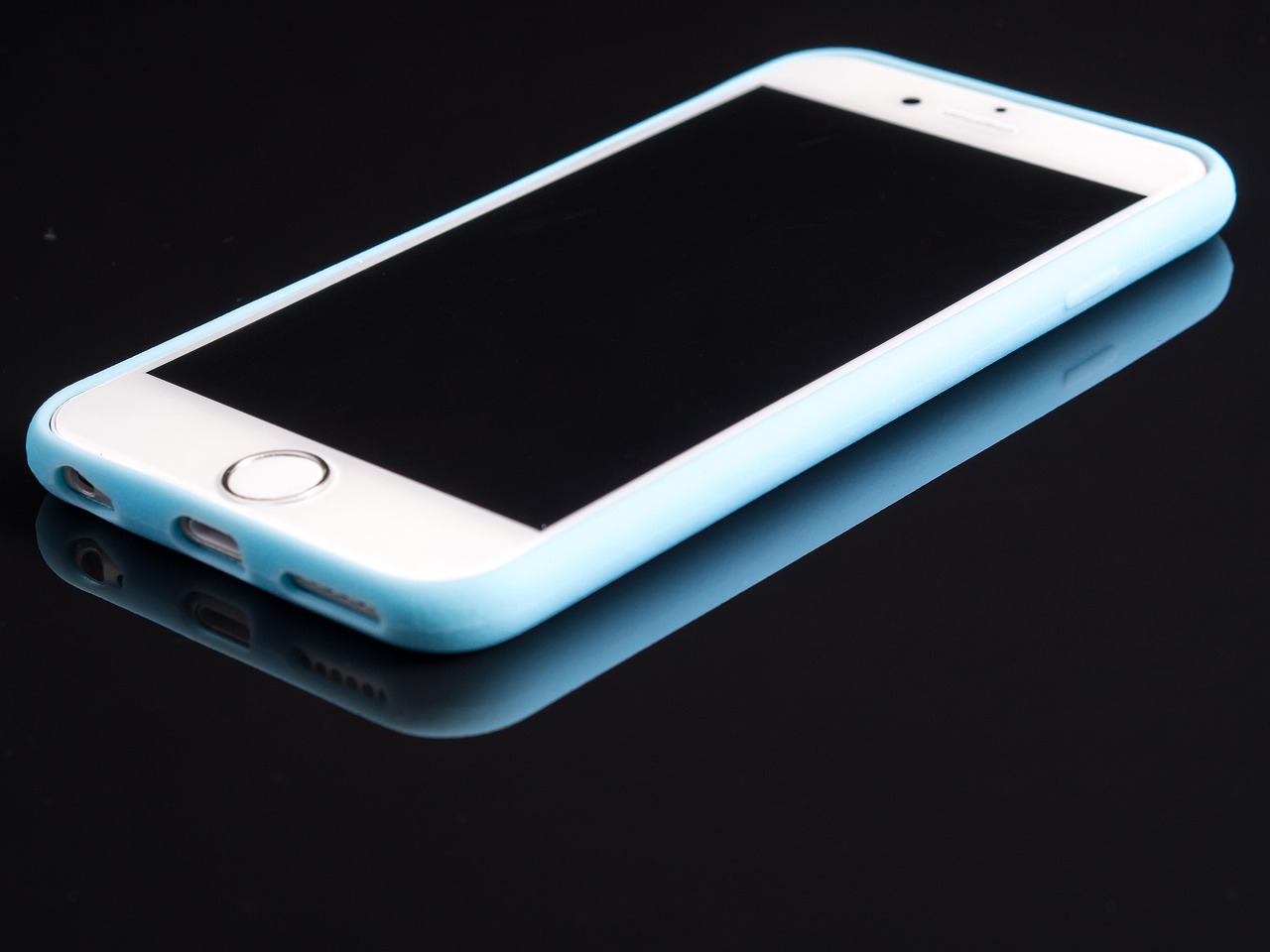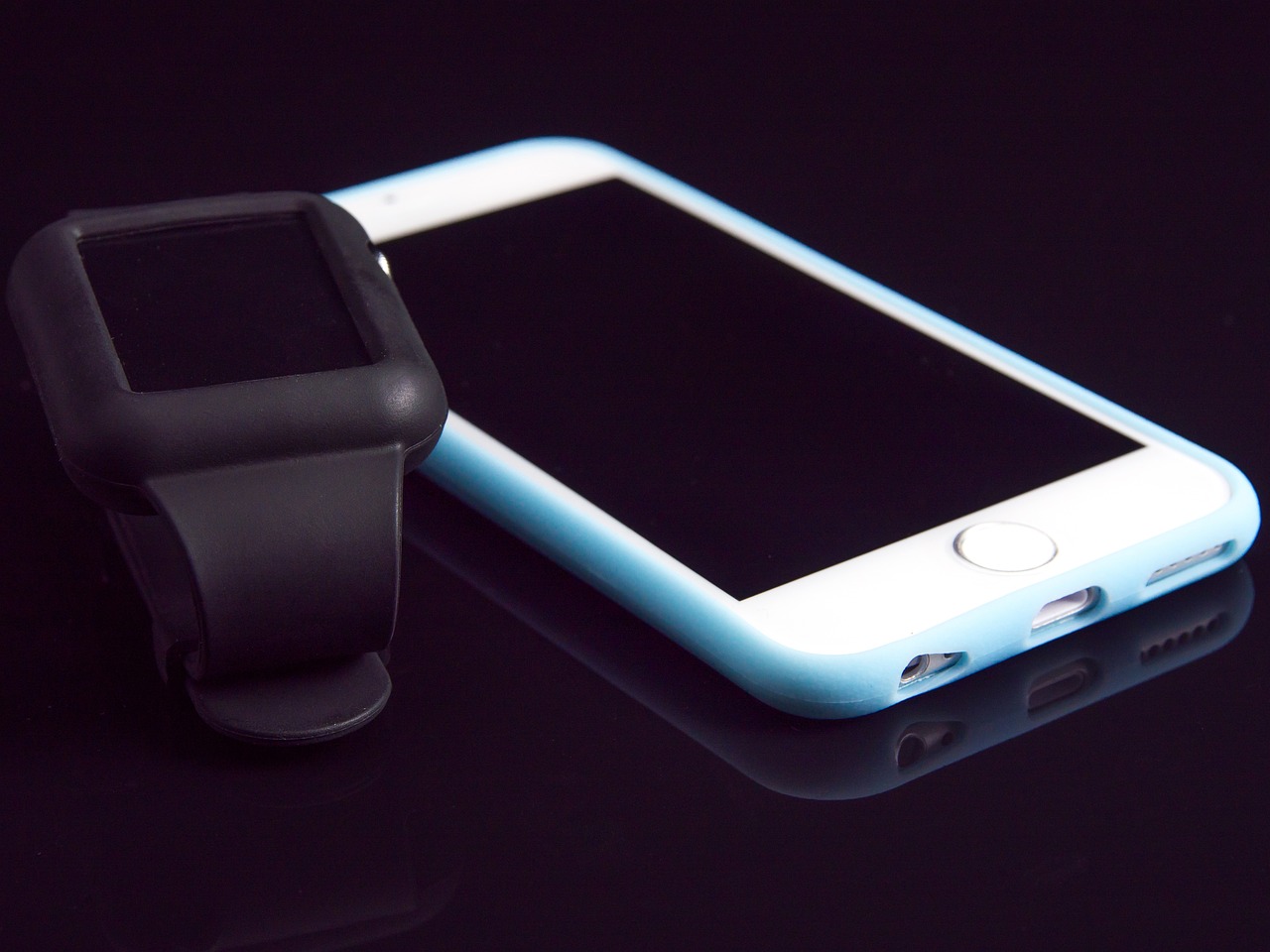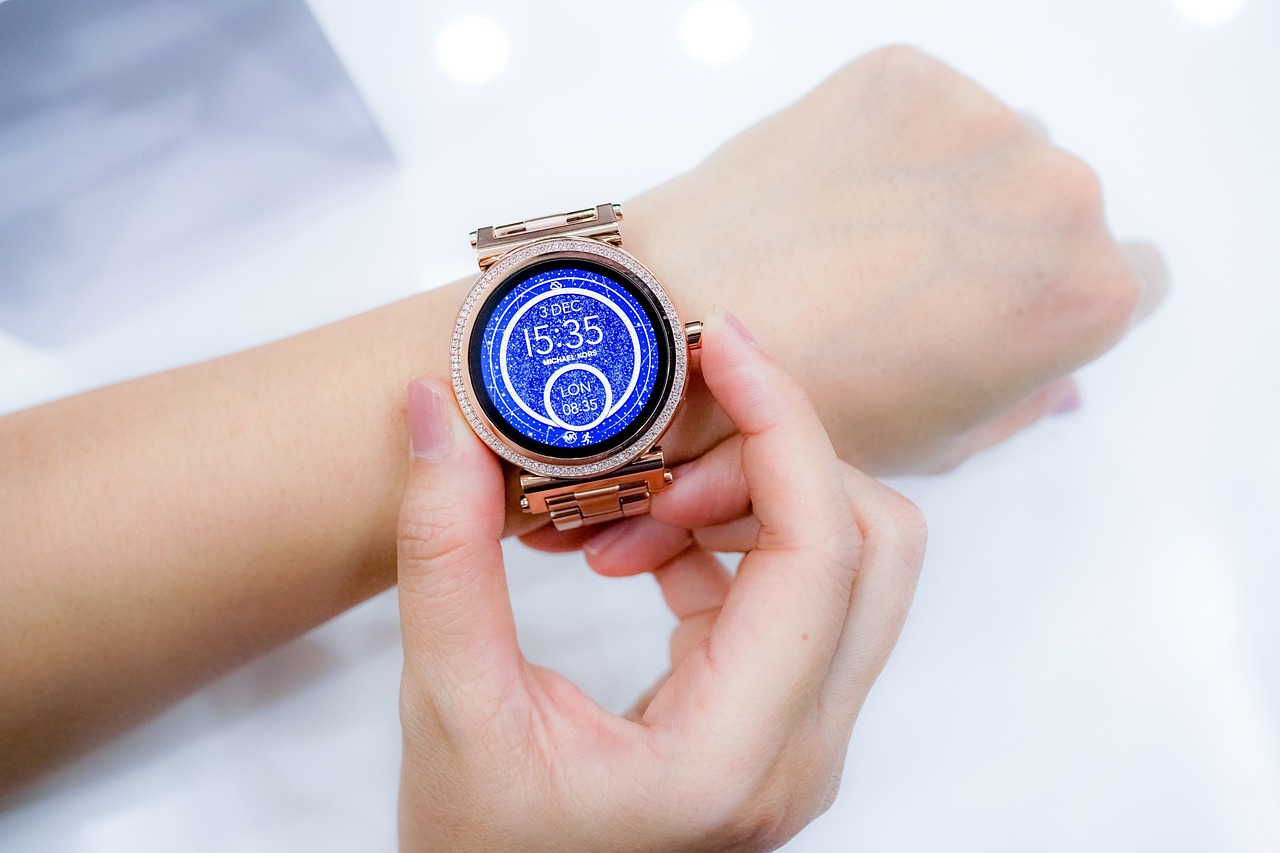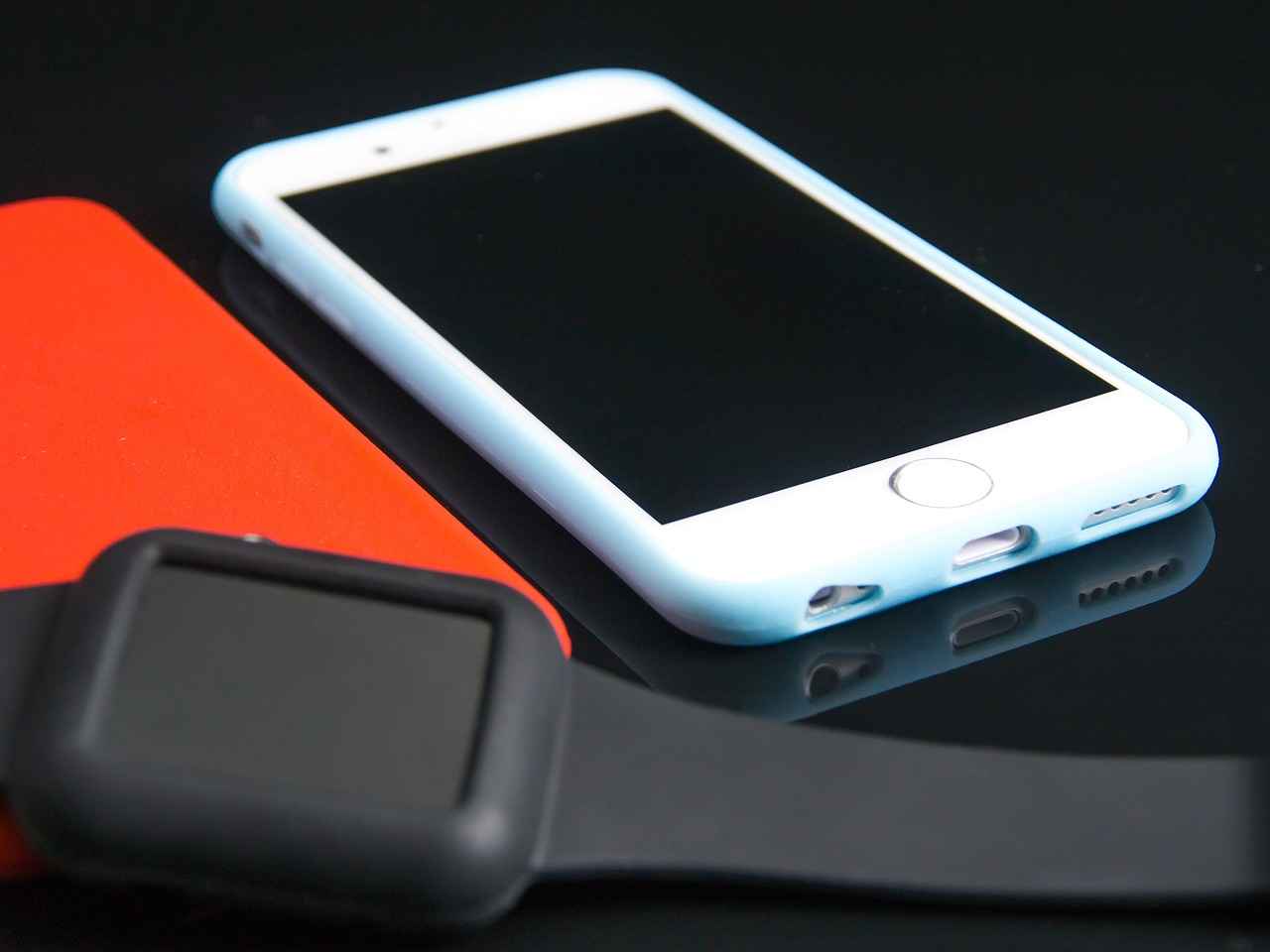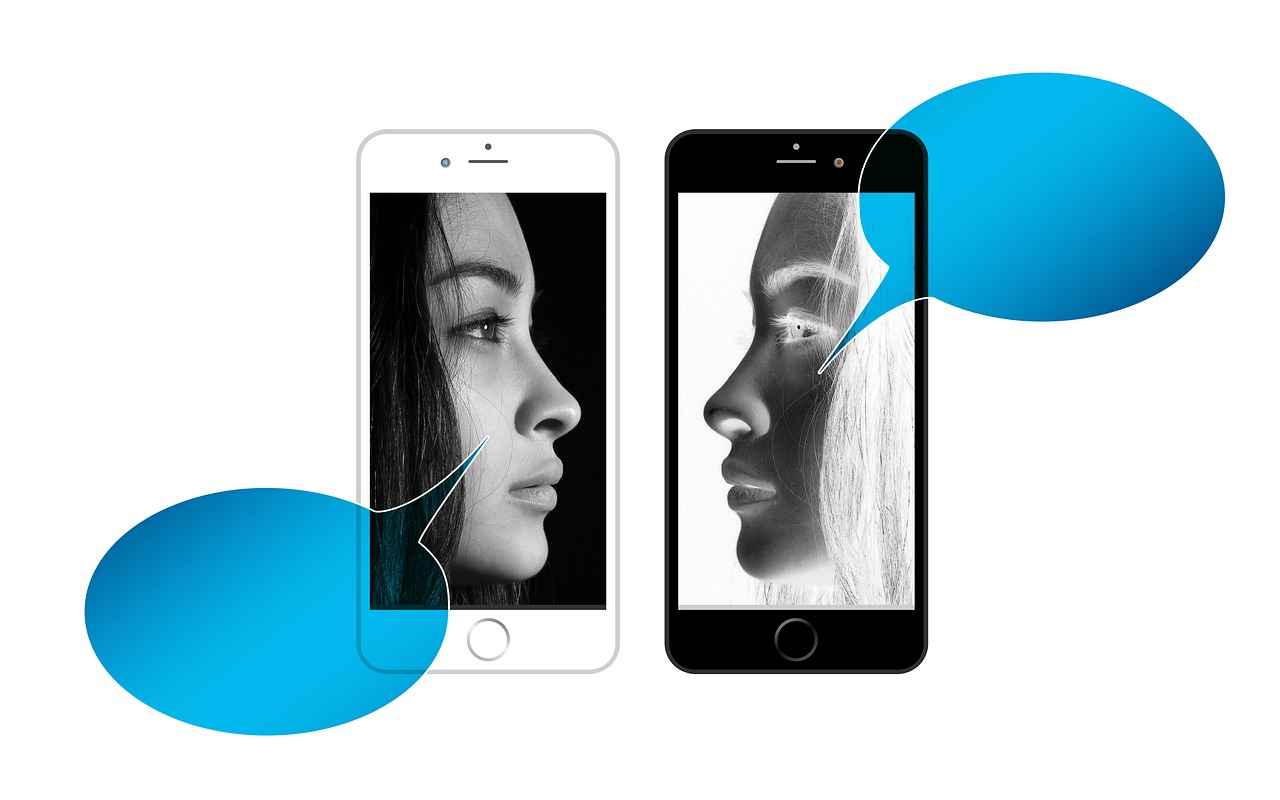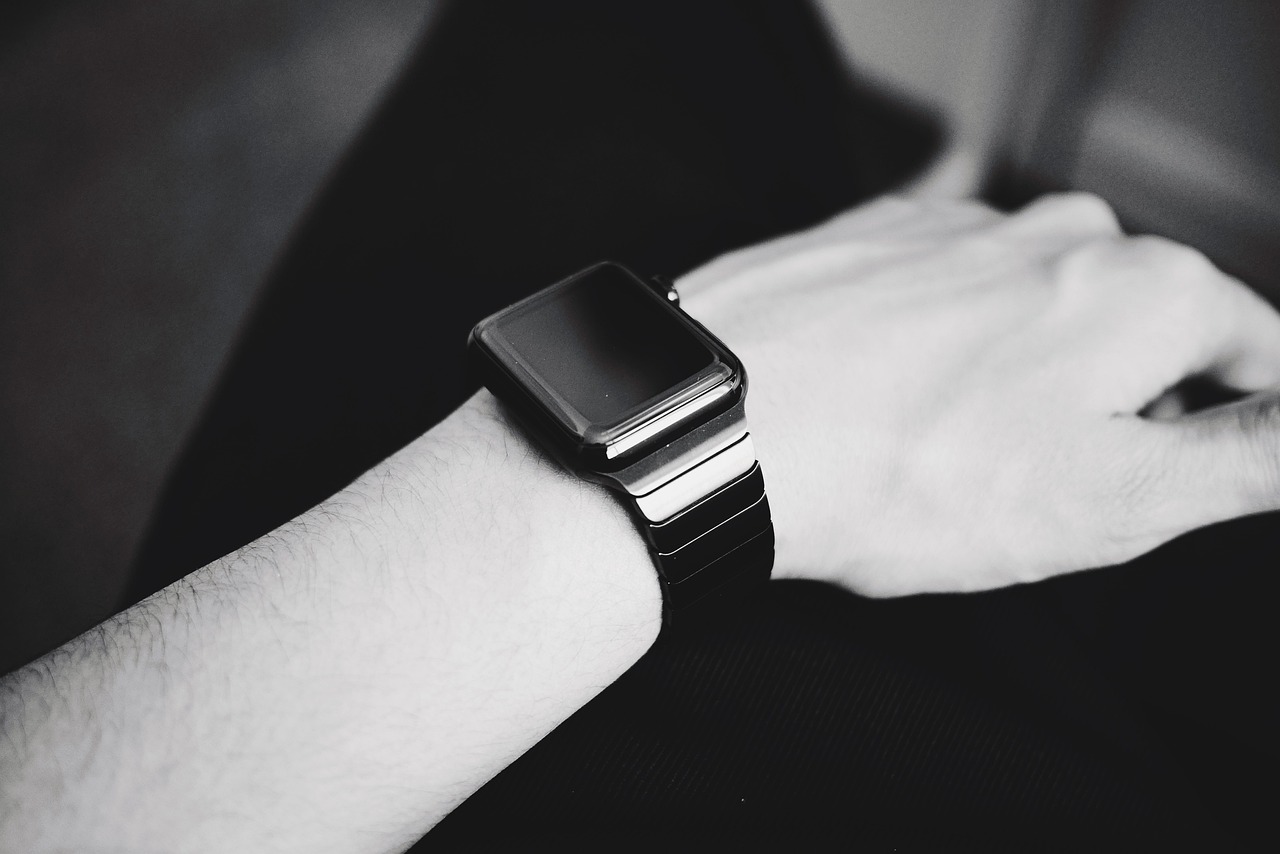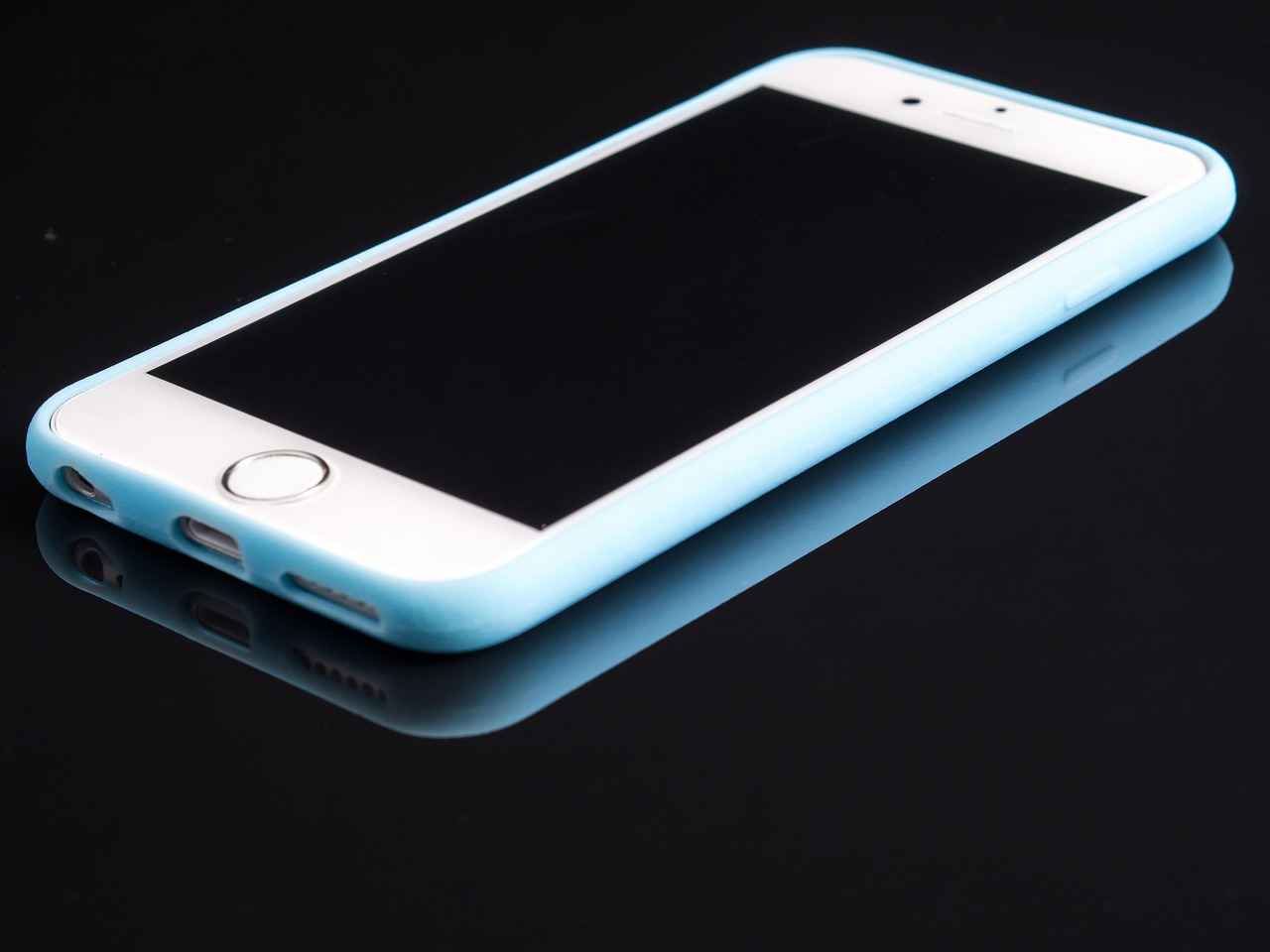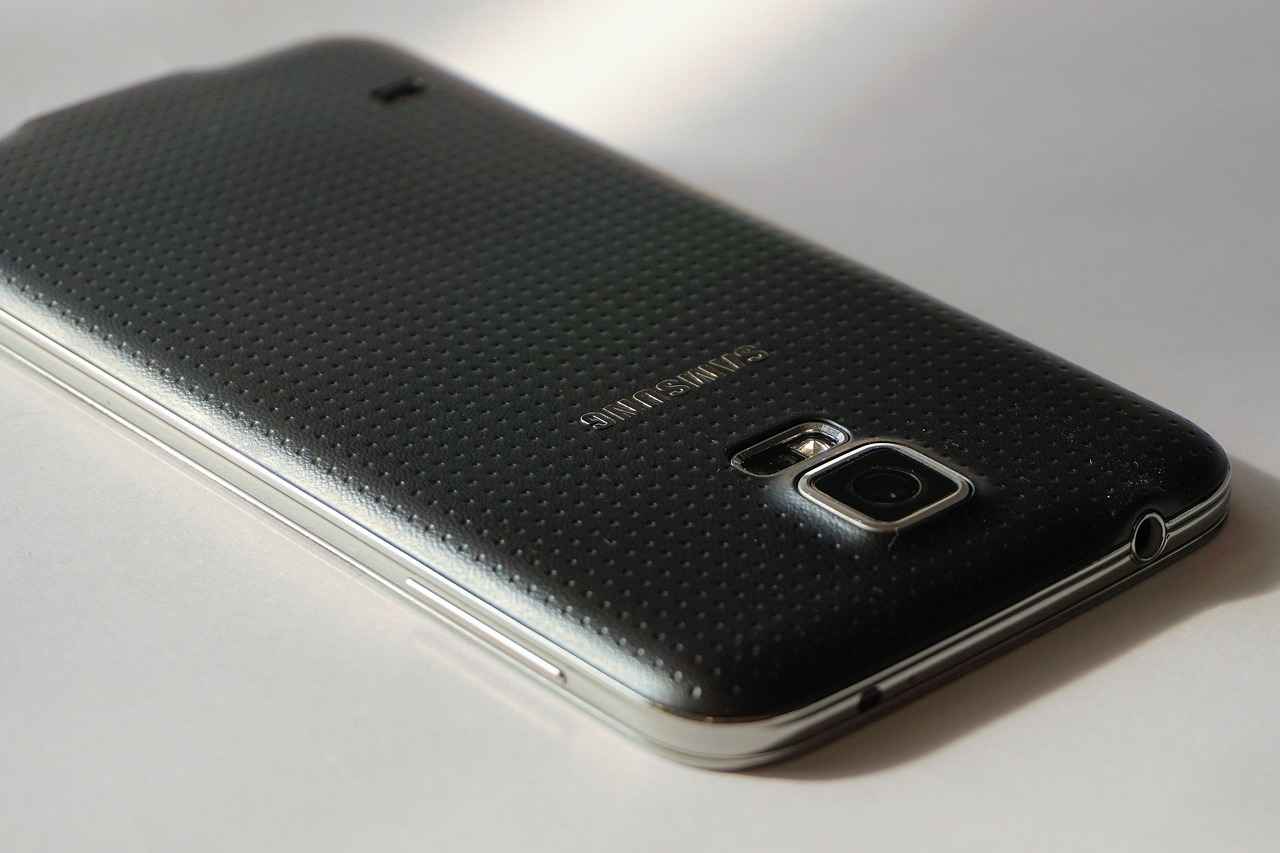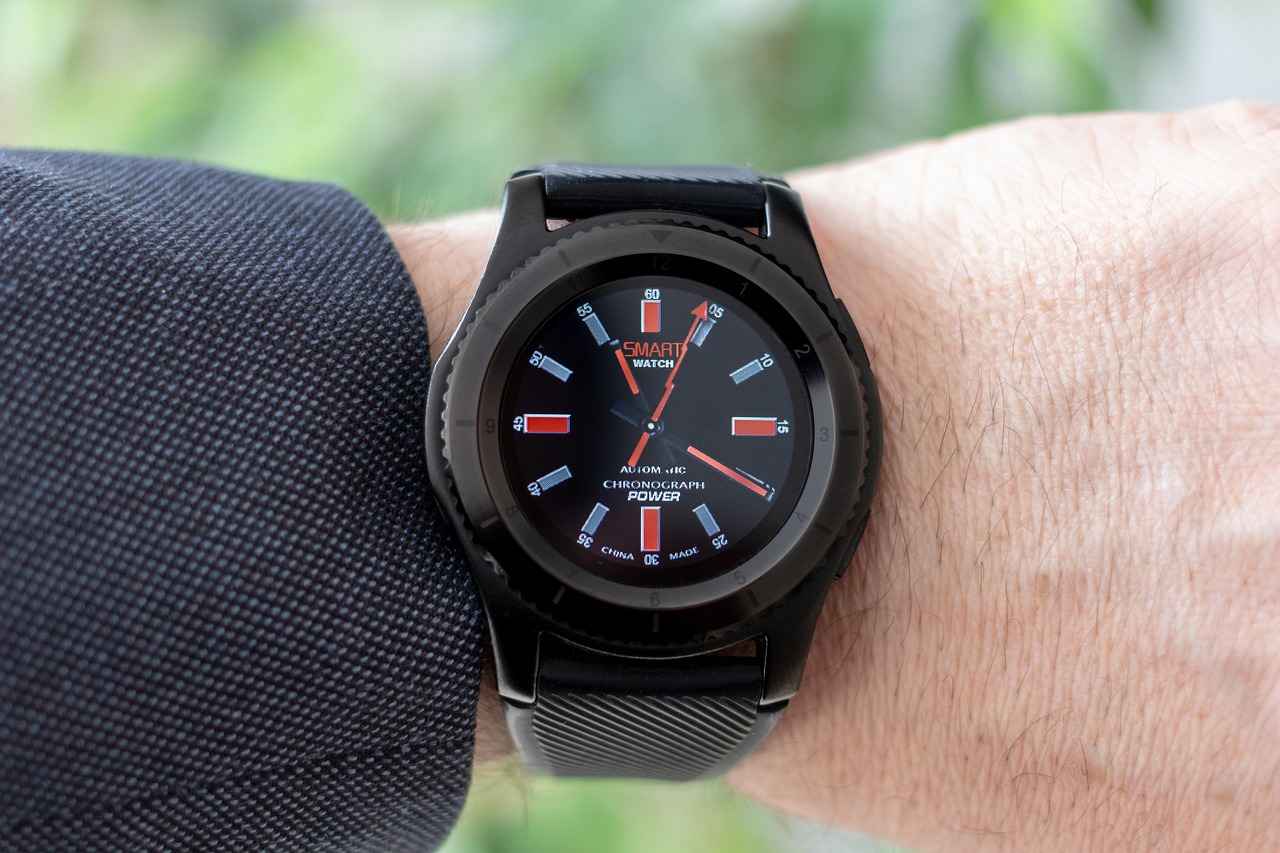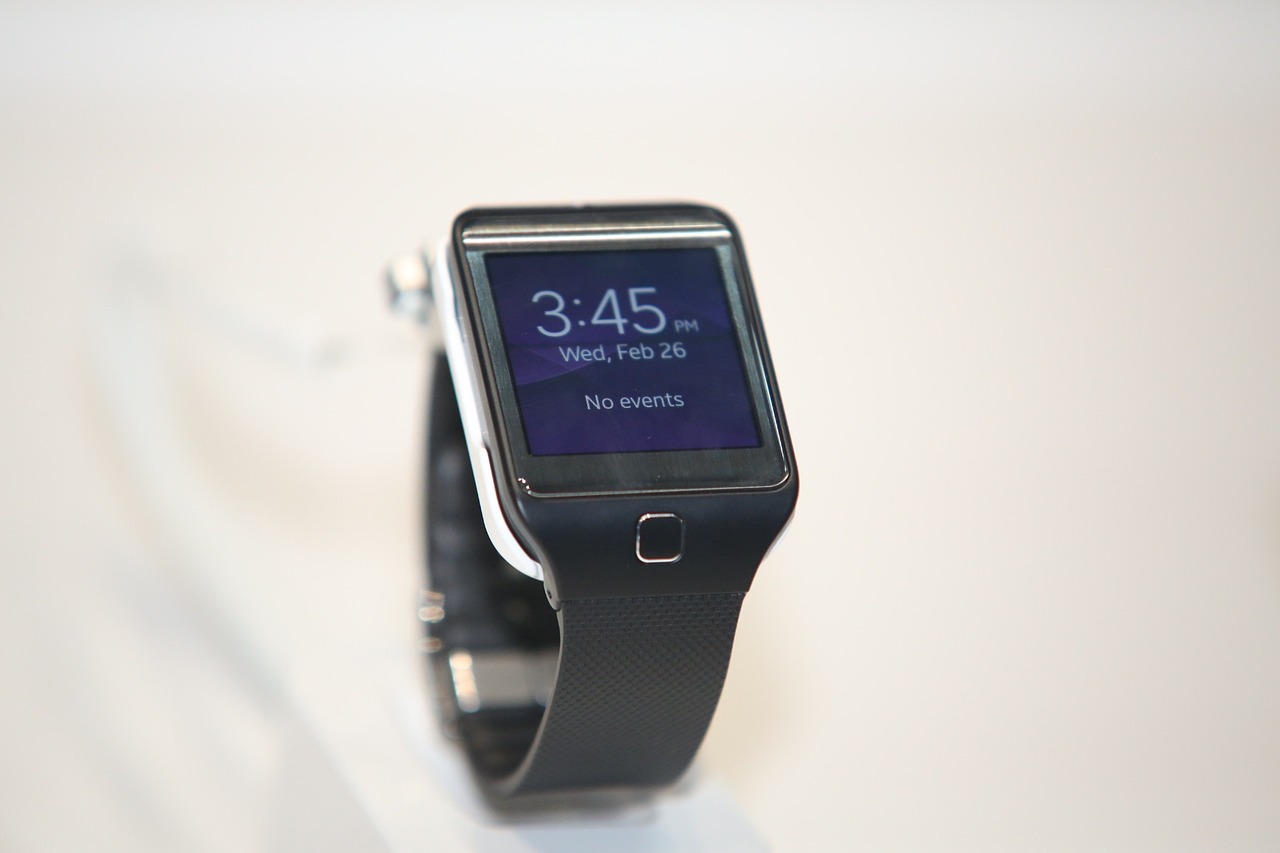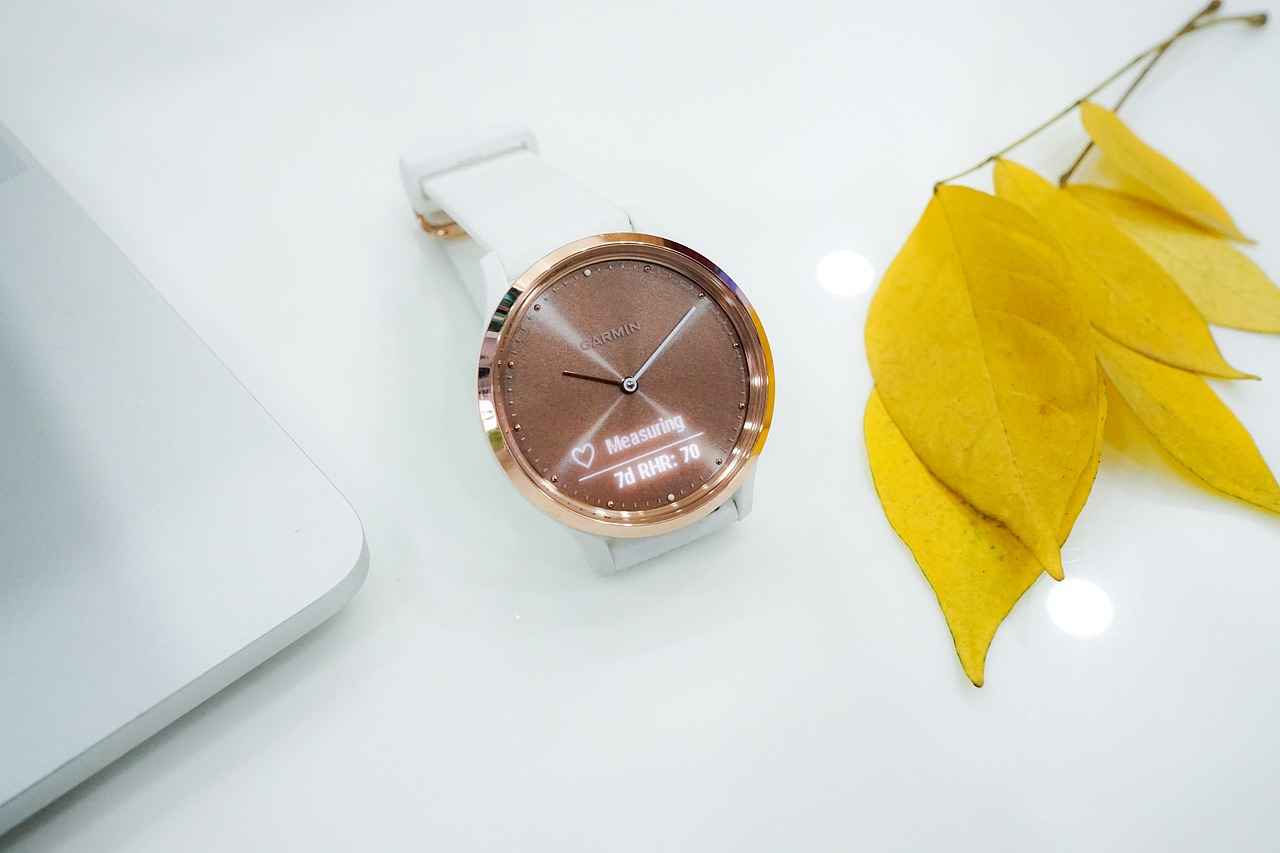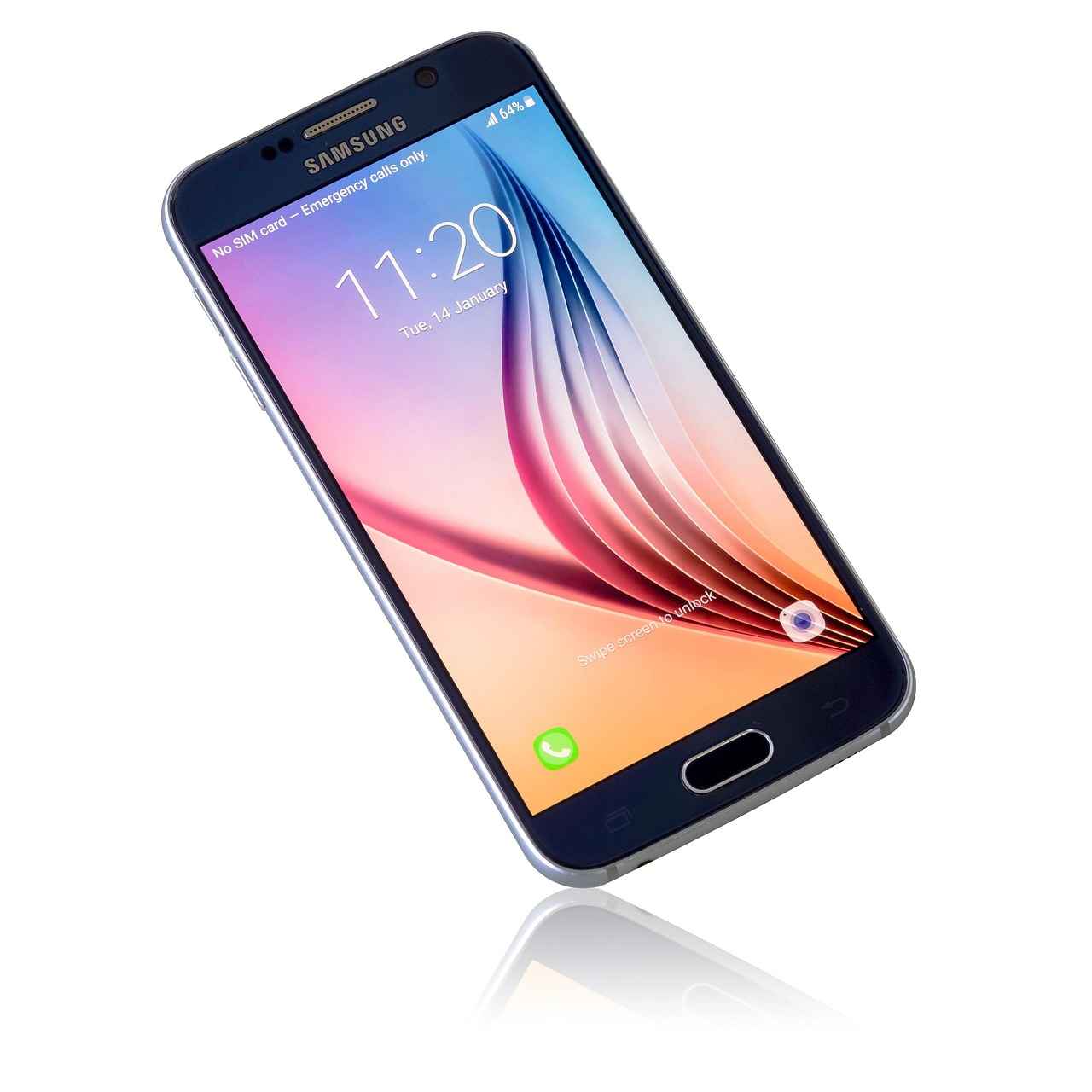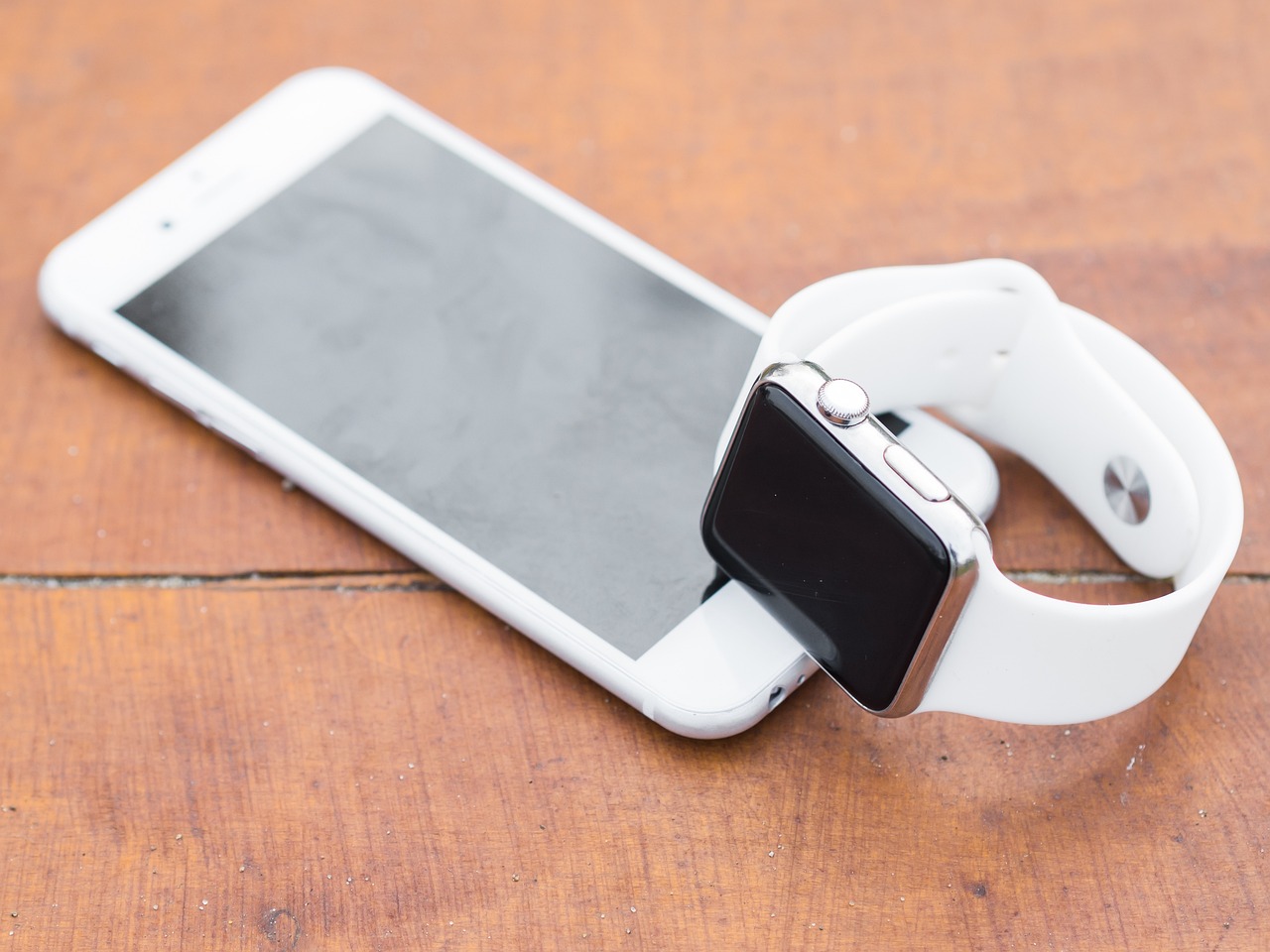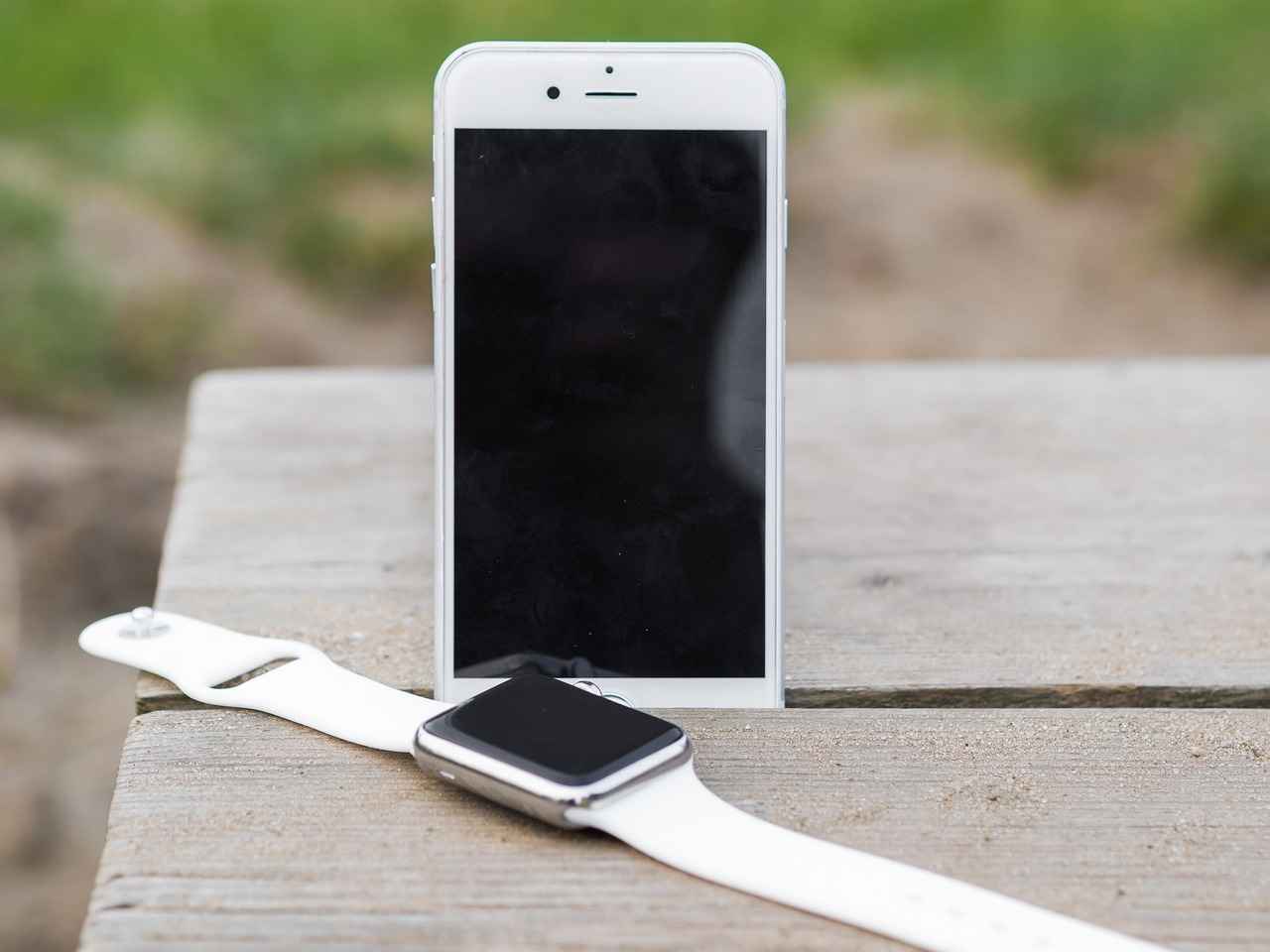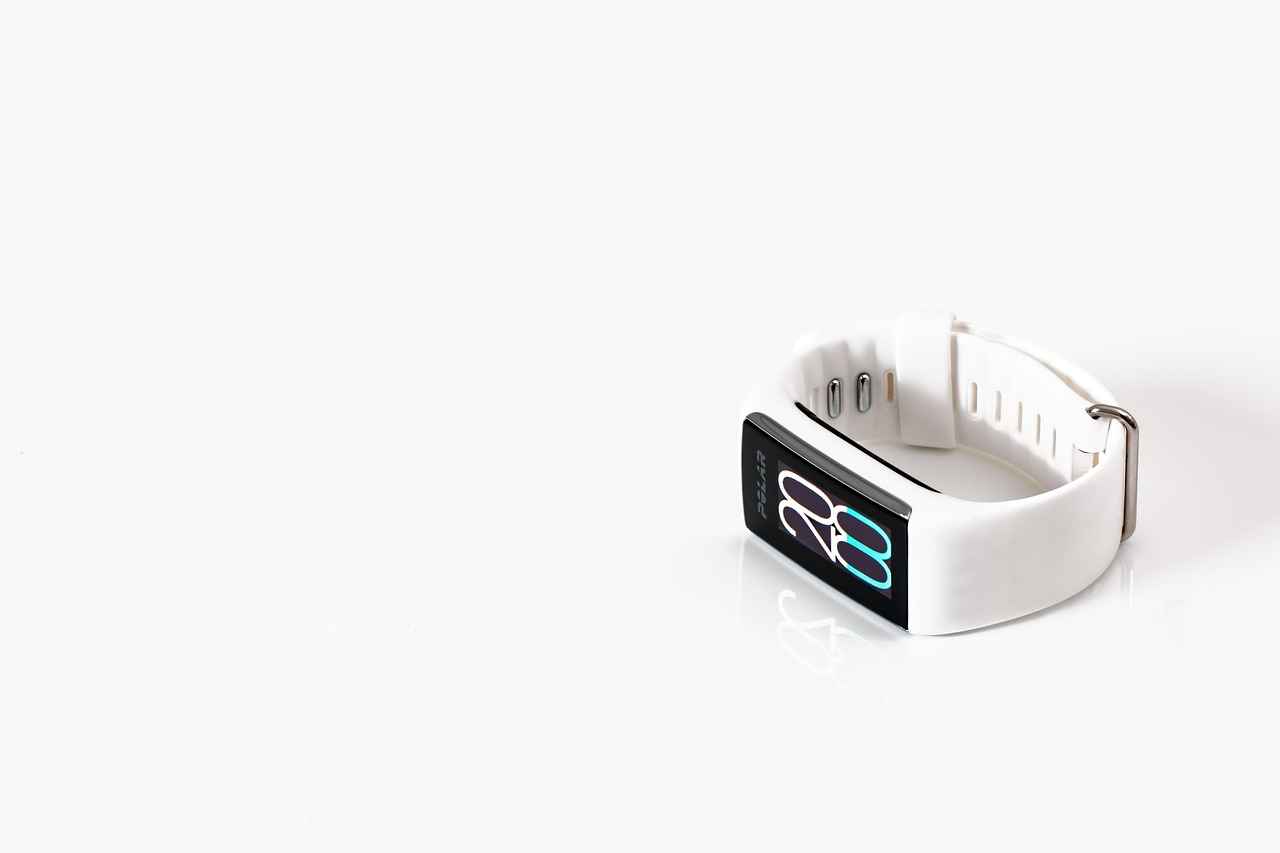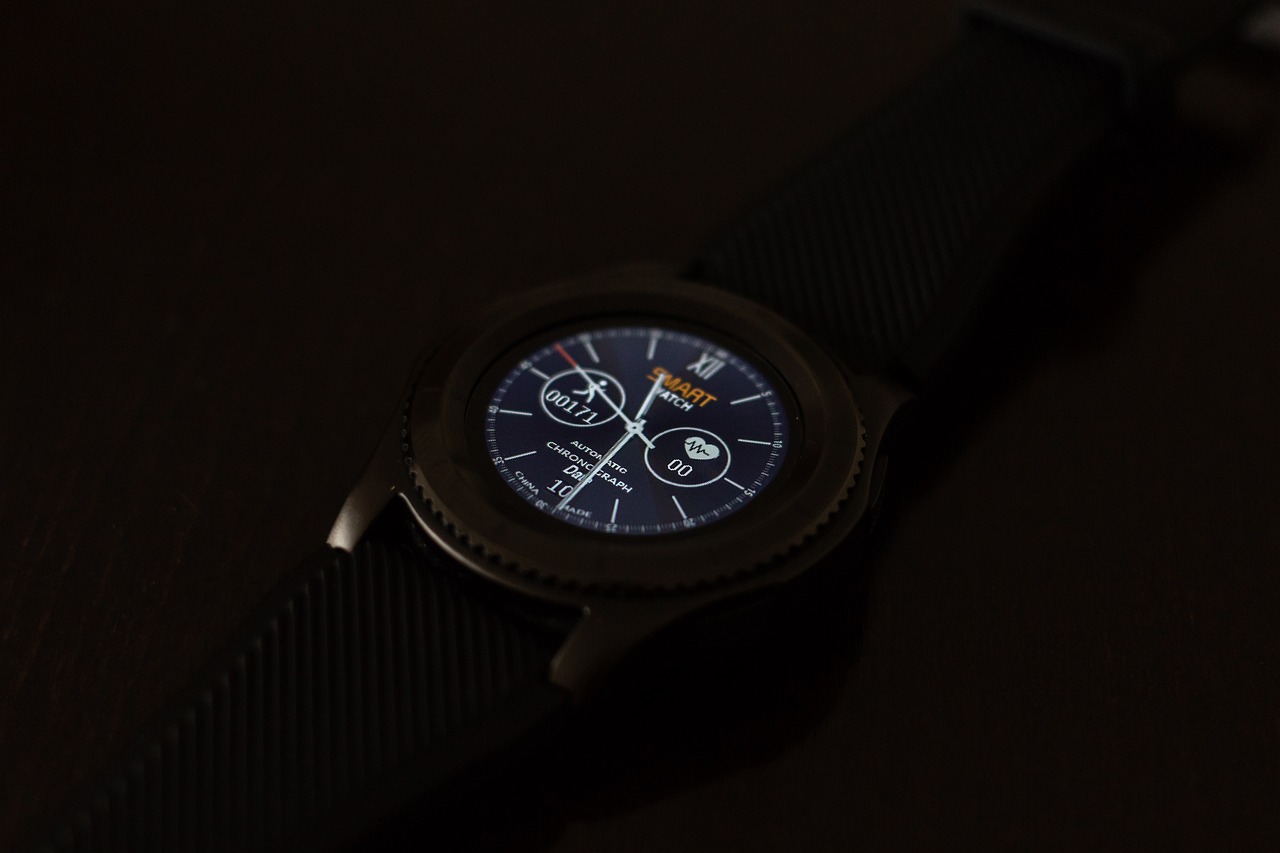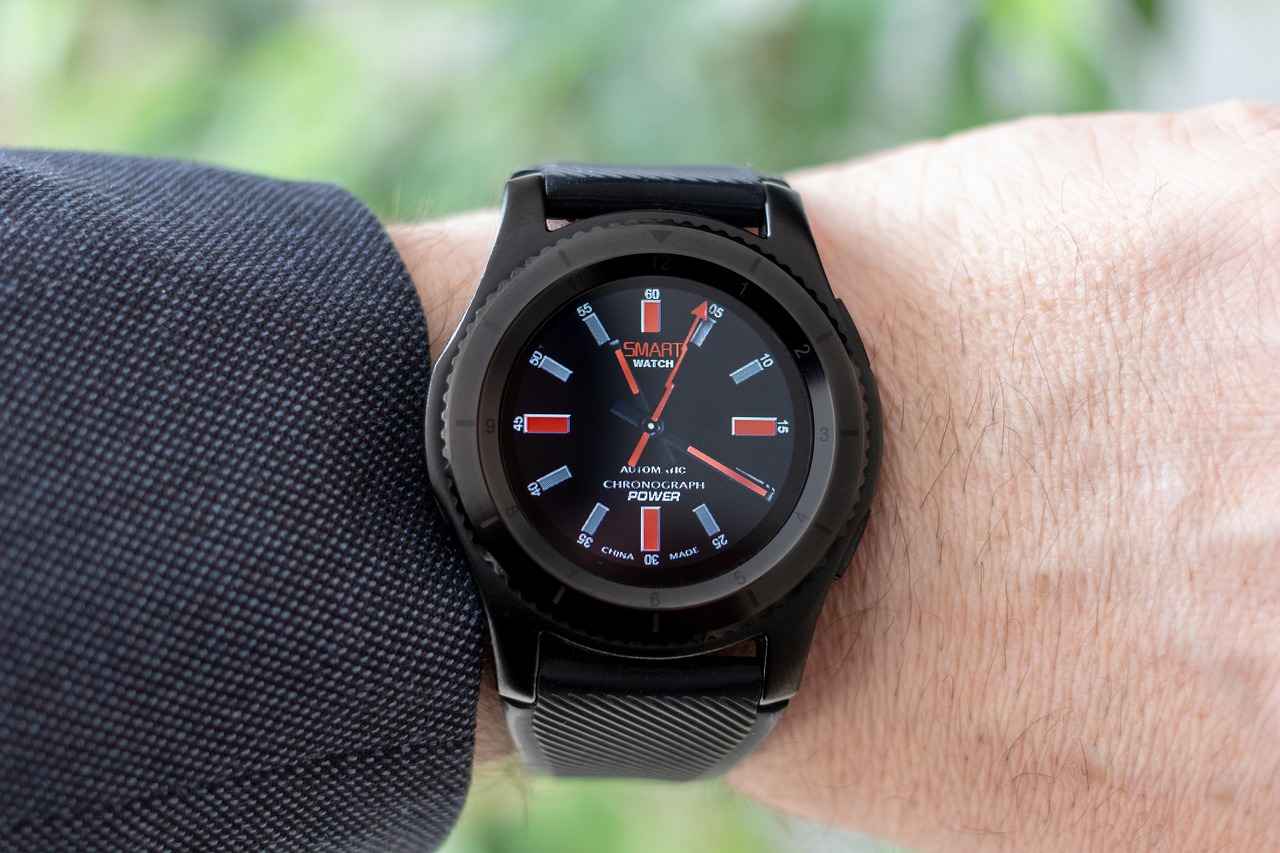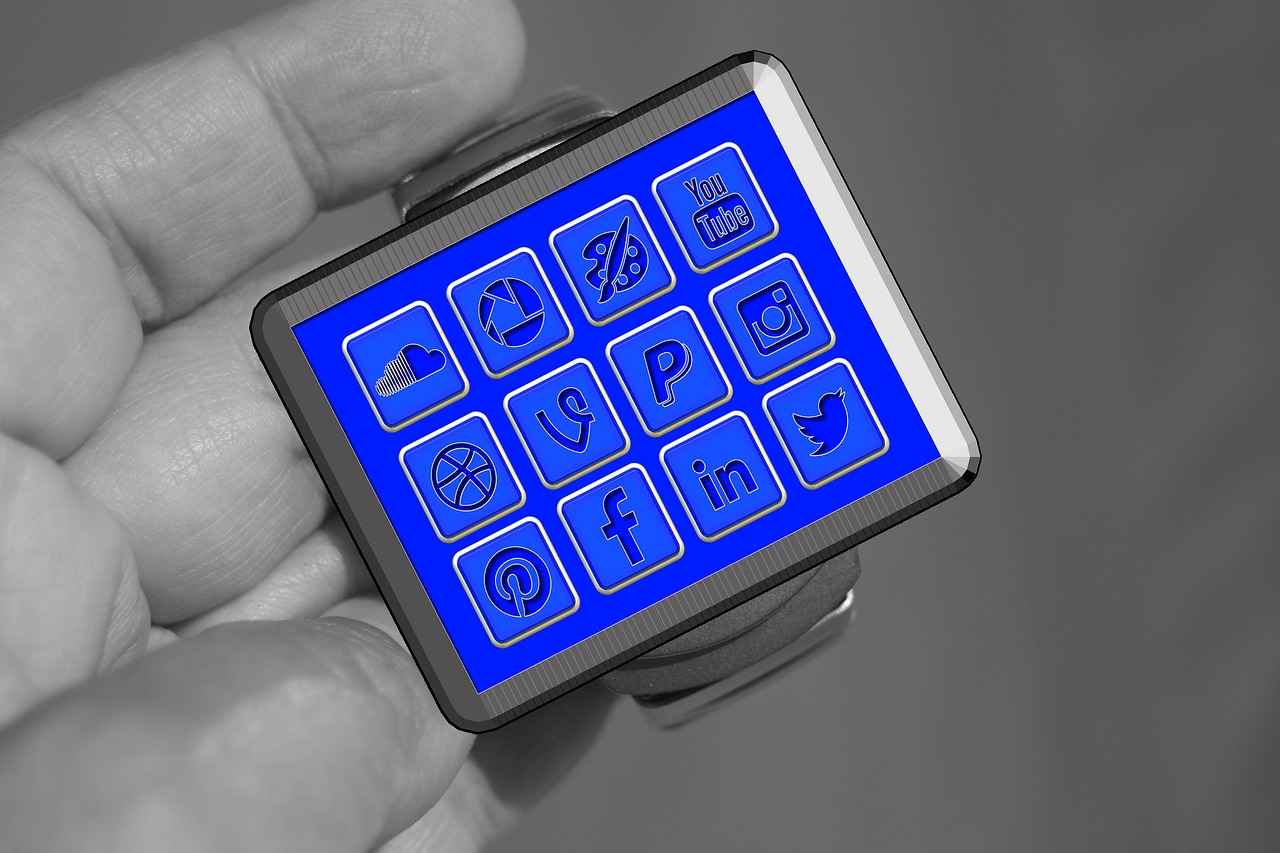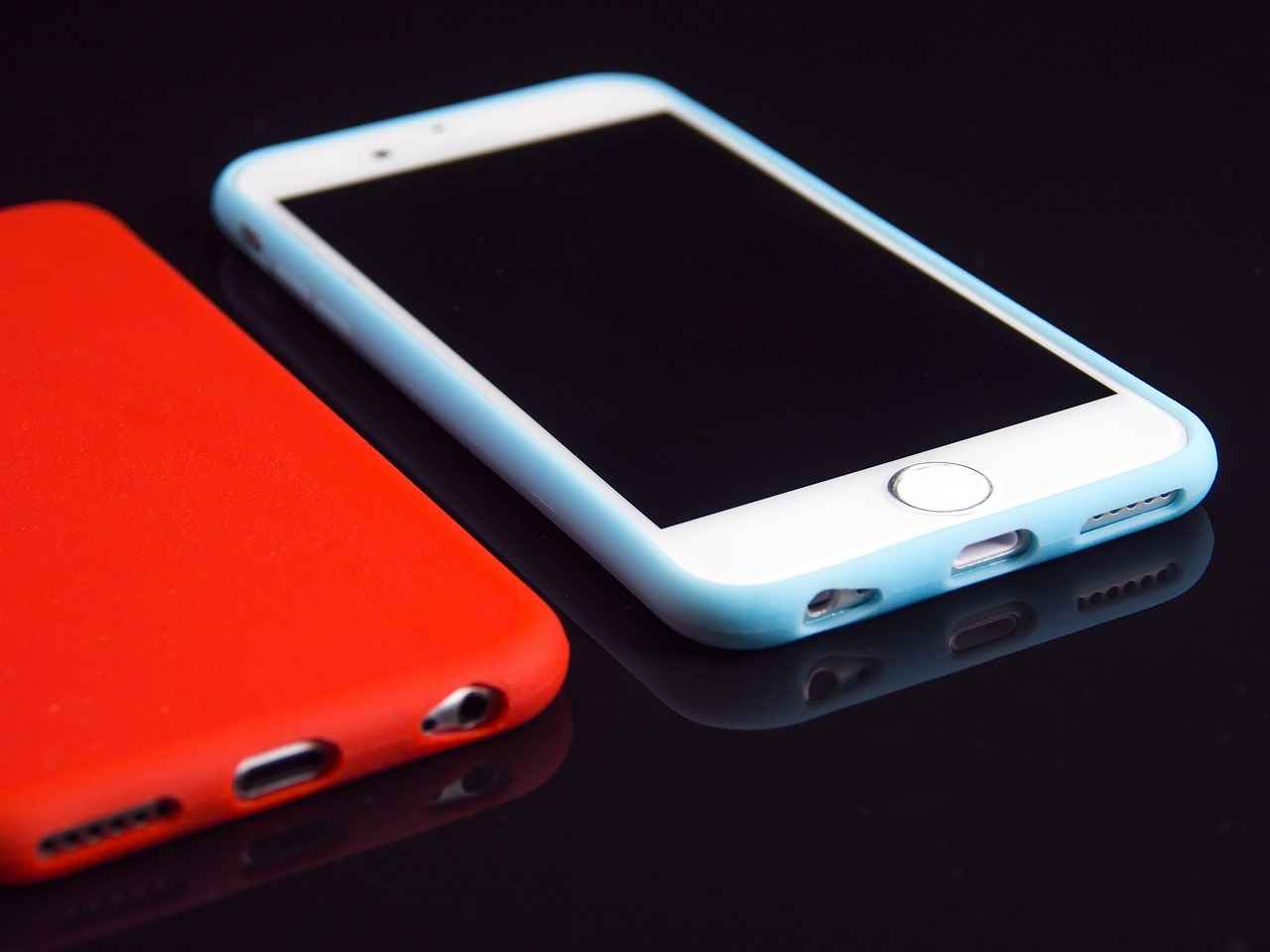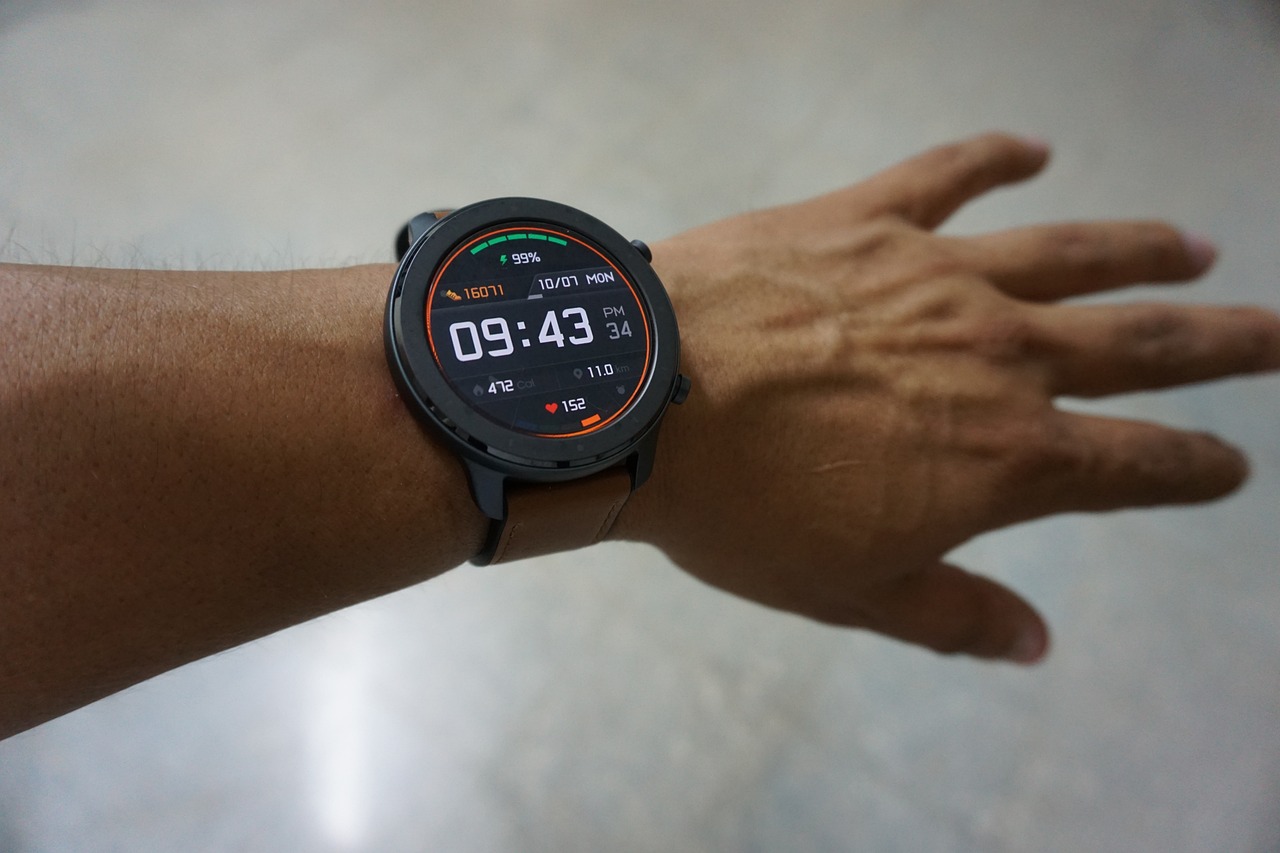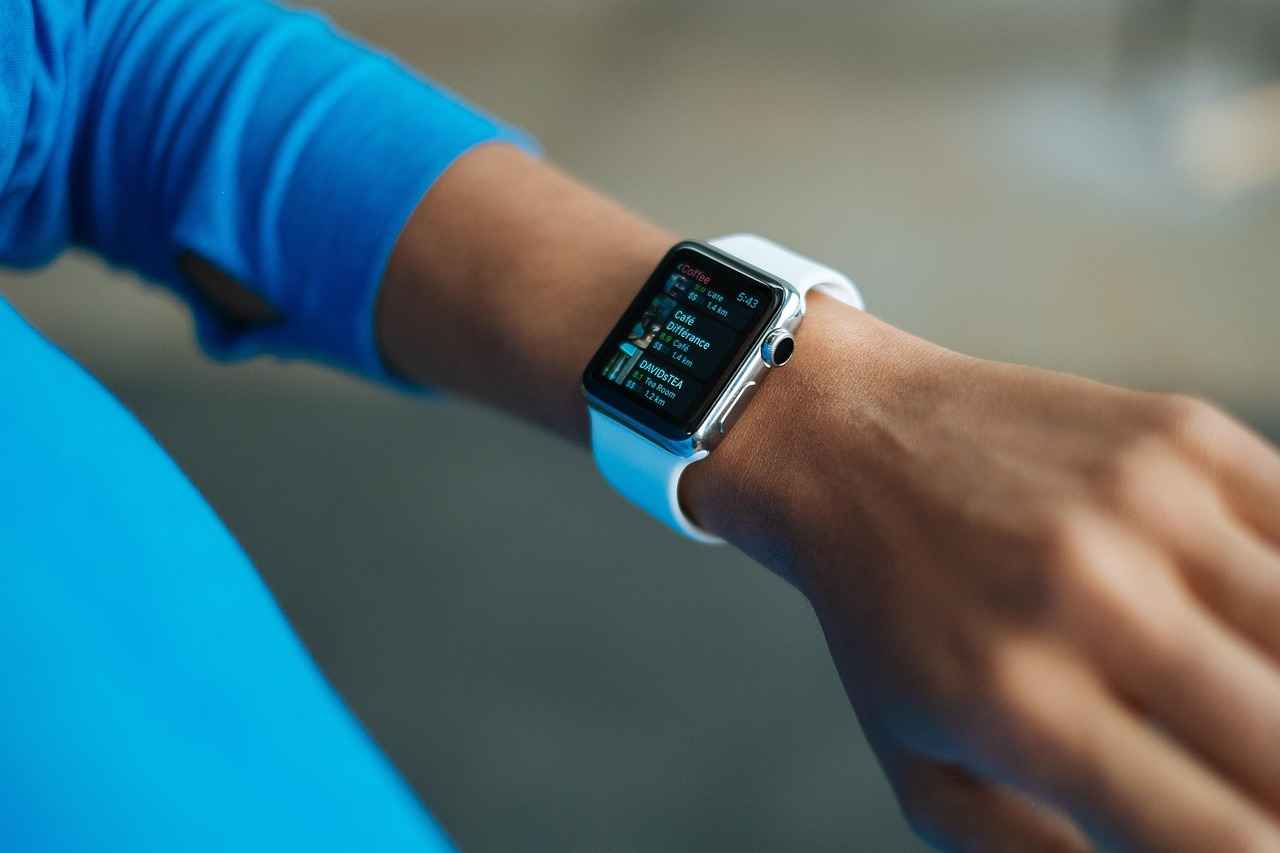This article provides an in-depth comparison of popular smartwatches, focusing on features, performance, compatibility, and pricing to help consumers make informed decisions.
Smartwatches have become an essential gadget for many, offering more than just timekeeping. They serve as personal assistants, health monitors, and fitness trackers, making them a valuable addition to anyone’s tech collection. With a variety of options available, understanding the differences between models can significantly influence your choice.
Why Choose a Smart Watch?
- Health Monitoring: Many smartwatches come equipped with advanced health tracking features such as heart rate monitoring, ECG capabilities, and sleep analysis.
- Convenience: Receive notifications for calls, messages, and apps directly on your wrist, allowing for seamless connectivity.
- Customization: Personalize your watch face and apps to reflect your style and preferences.
Apple Watch: Features and Performance
The Apple Watch has set the benchmark in the smartwatch industry. With its robust health tracking, including ECG and activity monitoring, it caters to fitness enthusiasts and casual users alike. Its integration with iOS devices is seamless, allowing users to manage notifications and apps effortlessly.
Samsung Galaxy Watch: A Comprehensive Overview
Samsung’s Galaxy Watch series combines elegance with functionality. Known for its health features like sleep tracking and stress management, it is particularly appealing to users with Android devices, ensuring compatibility with a wide range of smartphones.
Fitbit: Focus on Health and Fitness
Fitbit has carved a niche for itself in the fitness tracking market. Its smartwatches excel in activity and sleep tracking, providing valuable insights for users looking to enhance their wellness. The community features foster engagement, encouraging users to participate in challenges and share their progress.
Comparative Analysis: Pricing and Value
Price is a significant consideration when selecting a smartwatch. Apple and Samsung typically position their products in the premium segment, while Fitbit offers more budget-friendly alternatives. Understanding the pricing strategies can help consumers identify the best value for their needs.
Ultimately, selecting a smartwatch depends on individual preferences, lifestyle, and budget. Each brand offers unique features that cater to different users, making it essential to evaluate what matters most to you.
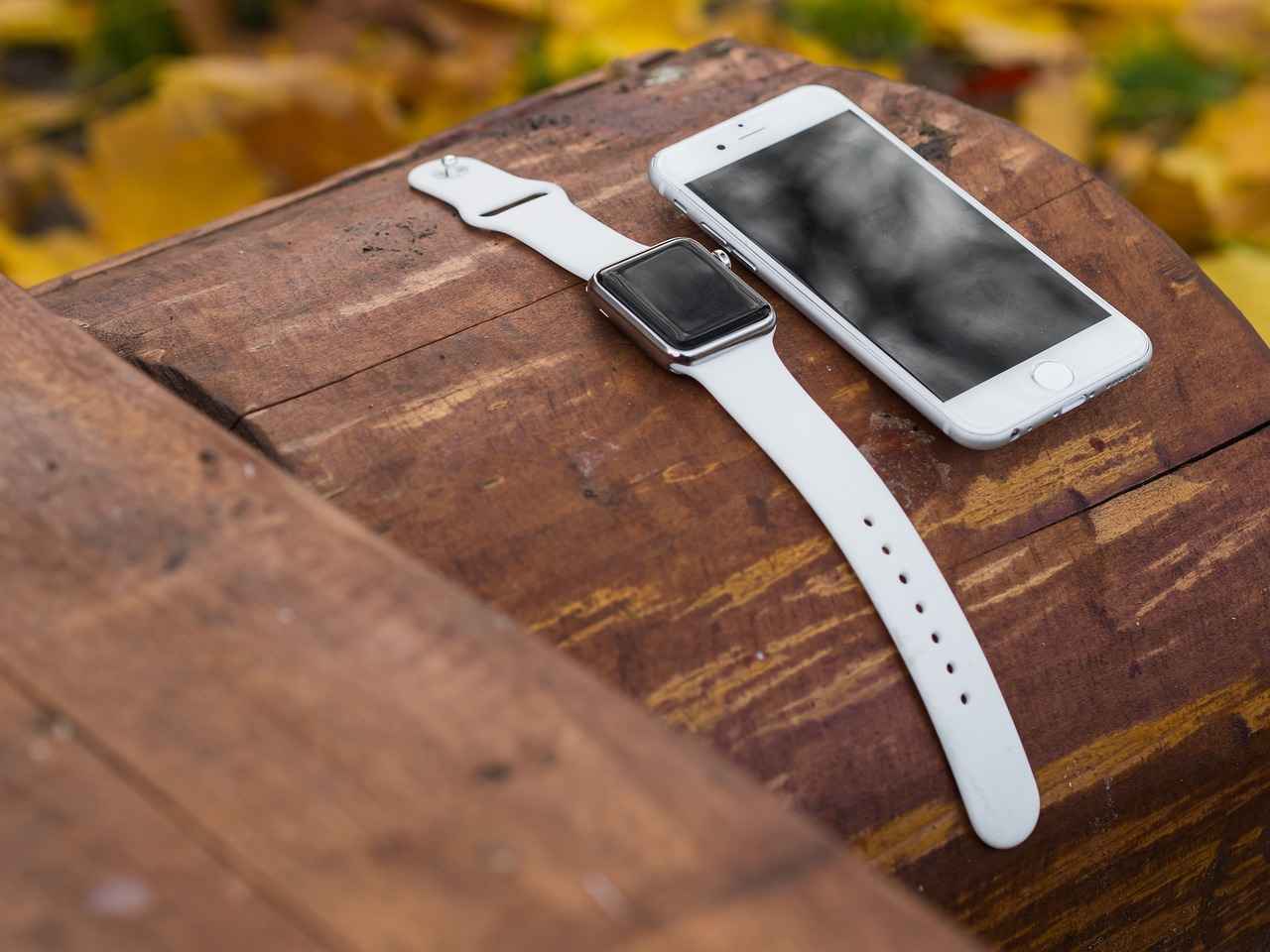
Why Choose a Smart Watch?
In today’s fast-paced world, smartwatches have emerged as essential gadgets that can significantly improve your daily life. These devices are more than just stylish accessories; they offer a range of functionalities that cater to modern needs. Here are some compelling reasons to consider incorporating a smartwatch into your lifestyle:
- Health Monitoring: Smartwatches come equipped with advanced health tracking features. They can monitor your heart rate, track your daily steps, and even measure your sleep quality. This continuous health monitoring empowers users to take proactive steps towards better health.
- Convenience of Notifications: With a smartwatch, you can receive notifications directly on your wrist. This means no more fumbling for your phone during meetings or workouts. Whether it’s a text message, email, or social media alert, you can stay connected without the hassle.
- Fitness Tracking: Many smartwatches offer built-in fitness tracking capabilities. They can track workouts, provide personalized coaching, and even help you set fitness goals. This is particularly beneficial for those looking to enhance their physical activity and maintain a healthy lifestyle.
- Customization: Smartwatches allow users to customize watch faces and functionalities according to their preferences. This personalization makes it easy to match your smartwatch with your outfit or mood.
- Integration with Other Devices: Most smartwatches seamlessly integrate with smartphones and other devices. This connectivity allows for easy control of music, navigation, and even smart home devices right from your wrist.
Overall, the benefits of smartwatches extend far beyond just telling time. They represent a blend of technology and practicality that can enhance various aspects of your daily routine, making them a worthy investment for anyone seeking to improve their lifestyle.

Apple Watch: Features and Performance
The Apple Watch has firmly established its dominance in the smartwatch market, consistently leading in terms of features, performance, and user satisfaction. This section delves into the essential attributes that contribute to its reputation, focusing on health tracking capabilities, seamless integration with iOS devices, and user interface design.
- Health and Fitness Tracking: One of the standout features of the Apple Watch is its comprehensive health monitoring system. It includes:
- Heart Rate Monitoring: Real-time tracking of heart rates helps users stay informed about their cardiovascular health.
- ECG Functionality: This feature allows users to take electrocardiograms directly from their wrist, providing critical insights into heart health.
- Activity Tracking: Users can monitor their daily activity levels, encouraging a more active lifestyle.
- Integration with iOS Devices: The Apple Watch offers seamless connectivity with iPhones, which enhances the overall user experience. Key benefits include:
- Instant Notifications: Receive messages, calls, and app alerts directly on your wrist.
- Music Control: Easily manage music playback without needing to reach for your phone.
- App Ecosystem: Access to a vast range of apps designed specifically for the Apple Watch.
- Battery Life and Charging: Battery performance is crucial for smartwatch users. The Apple Watch generally offers:
- All-Day Battery Life: Users can expect up to 18 hours of usage on a single charge, making it suitable for daily wear.
- Fast Charging: The device can charge quickly, allowing users to power up during short breaks.
- User Interface and Customization: The Apple Watch features an intuitive interface that is user-friendly and customizable. Highlights include:
- Custom Watch Faces: Users can personalize their watch face to reflect their style and preferences.
- Touchscreen Navigation: The responsive touchscreen makes it easy to navigate through apps and features.
In summary, the Apple Watch combines advanced health monitoring, seamless integration with iOS, and a user-friendly interface, making it a top choice for consumers looking for a reliable smartwatch.
Health and Fitness Tracking
The Apple Watch has set a high standard in the realm of health and fitness tracking, making it a top choice for both casual users and dedicated fitness enthusiasts. With its advanced technology and user-friendly design, it offers a comprehensive suite of features that cater to various health monitoring needs.
One of the standout features of the Apple Watch is its heart rate monitoring. The device continuously tracks your heart rate throughout the day, providing real-time data that can help identify any irregularities. This feature is particularly beneficial for individuals who are monitoring their cardiovascular health or engaging in intense workouts. The watch also offers an ECG app that allows users to take an electrocardiogram directly from their wrist. This capability can be crucial for detecting potential heart issues early, giving users peace of mind.
In addition to heart health, the Apple Watch excels in activity tracking. It monitors various activities, from walking and running to swimming and cycling, ensuring that users can keep track of their fitness goals. The watch provides detailed metrics such as calories burned, distance traveled, and active minutes, helping users stay motivated and informed about their physical activity levels.
Moreover, the Apple Watch encourages users to maintain a healthy lifestyle through its Activity Rings. These rings visually represent daily movement, exercise, and standing goals, promoting a more active lifestyle. Users can also set personalized goals and receive reminders to stand or move, making it easier to integrate fitness into their daily routines.
For those interested in more holistic health tracking, the Apple Watch also includes features like sleep tracking and mindfulness reminders. By analyzing sleep patterns, the watch helps users understand their sleep quality and offers insights to improve their rest. This comprehensive approach to health and fitness tracking positions the Apple Watch as a versatile tool for anyone looking to enhance their well-being.
In summary, the Apple Watch’s robust health and fitness tracking features, including heart rate monitoring, ECG capabilities, and activity tracking, make it an indispensable companion for individuals dedicated to improving their health and achieving their fitness goals.
Integration with iOS Devices
The integration of the Apple Watch with iOS devices, particularly the iPhone, creates a remarkably seamless user experience. This connectivity allows users to access a multitude of features directly from their wrist, enhancing convenience and functionality. With just a flick of the wrist, notifications from apps such as messages, emails, and social media can be viewed without needing to reach for the phone. This is particularly beneficial during busy moments or while on the go.
One of the standout features of this integration is the ability to control music playback effortlessly. Users can play, pause, or skip tracks without having to pull out their iPhones. This feature is especially useful for fitness enthusiasts who want to keep their workout momentum going without interruptions. Additionally, the Apple Watch provides quick access to playlists, making it easy to switch between different music genres or podcasts.
Moreover, the customization options available through the Apple Watch allow users to personalize their experience. With a variety of watch faces and complications, individuals can choose to display the information that matters most to them, whether it be weather updates, calendar events, or fitness metrics. This level of personalization enhances the overall user experience, making each interaction feel tailored to the individual.
Furthermore, the integration extends to health and fitness tracking. Users can receive reminders to stand, breathe, or exercise, ensuring they stay active throughout the day. The Apple Watch also syncs with health apps on the iPhone, allowing for a comprehensive overview of health metrics, which can be crucial for users monitoring specific health conditions.
In summary, the integration of the Apple Watch with iPhones not only enhances user experience but also promotes a more connected and efficient lifestyle. The ability to manage notifications, control music, and access health data directly from the wrist exemplifies how technology can streamline daily tasks and improve overall well-being.
Battery Life and Charging
Battery life is a crucial aspect that smartwatch users often consider when selecting a device. It directly impacts the usability and overall experience of the smartwatch. In this section, we will evaluate the battery performance of the Apple Watch in comparison to its competitors, such as the Samsung Galaxy Watch and Fitbit models.
The Apple Watch is known for its sleek design and advanced features, but its battery life tends to be a common concern among users. On average, the Apple Watch provides about 18 hours of battery life, which is typically sufficient for a full day of use for most individuals. However, this duration can vary based on usage patterns, such as frequent notifications, GPS tracking, and health monitoring features.
In contrast, the Samsung Galaxy Watch series offers a more robust battery performance, with some models lasting up to 48 hours on a single charge. This extended battery life is particularly appealing for users who engage in outdoor activities or prefer to wear their watch continuously without frequent charging.
Fitbit smartwatches, renowned for their fitness focus, also boast impressive battery longevity. Many Fitbit models can last up to a week on a single charge, making them ideal for users who prioritize long-lasting performance over advanced features.
Charging times are another essential factor to consider. The Apple Watch utilizes a magnetic charging cable that can recharge the device to about 80% in approximately 90 minutes. In comparison, the Samsung Galaxy Watch offers wireless charging capabilities and can achieve a full charge in about two hours. Fitbit’s devices vary, but many can be charged fully in under two hours, providing a convenient solution for users on the go.
Ultimately, the choice of a smartwatch should align with individual lifestyle needs. For those who prioritize long battery life and less frequent charging, models from Samsung and Fitbit may be more suitable. However, Apple Watch users often appreciate the balance of features and performance, despite the shorter battery duration.
User Interface and Customization
The Apple Watch has become synonymous with innovation in the smartwatch realm, particularly due to its user-friendly interface and extensive customization options. These features not only enhance the overall user experience but also allow individuals to tailor their devices to reflect their unique styles and needs.
One of the standout aspects of the Apple Watch is its intuitive interface, which simplifies navigation through various apps and settings. Users can easily swipe, tap, and scroll to access notifications, fitness tracking, and other functionalities without any steep learning curve. This accessibility makes it a popular choice among both tech-savvy individuals and those who may be less familiar with smart technology.
Moreover, the customizable watch faces provide an opportunity for personal expression. Users can choose from a vast array of designs, colors, and complications, which are small widgets that display information such as the weather, calendar events, or fitness stats. This level of personalization means that each Apple Watch can be as unique as its owner, catering to various user preferences from minimalistic to vibrant styles.
In addition to aesthetic choices, the Apple Watch also offers practical customization options. Users can rearrange app layouts and choose which notifications to receive, ensuring that they only see what matters most. This flexibility is particularly beneficial for those who lead busy lives, allowing them to stay organized and focused.
Furthermore, the integration of third-party apps enhances the customization experience. Users can download additional watch faces and apps from the App Store, expanding their options even further. This adaptability ensures that the Apple Watch remains relevant and continues to meet the evolving needs of its users.
In summary, the combination of an intuitive interface and customizable features positions the Apple Watch as a leader in the smartwatch market, appealing to a broad audience by catering to both functional and aesthetic preferences.
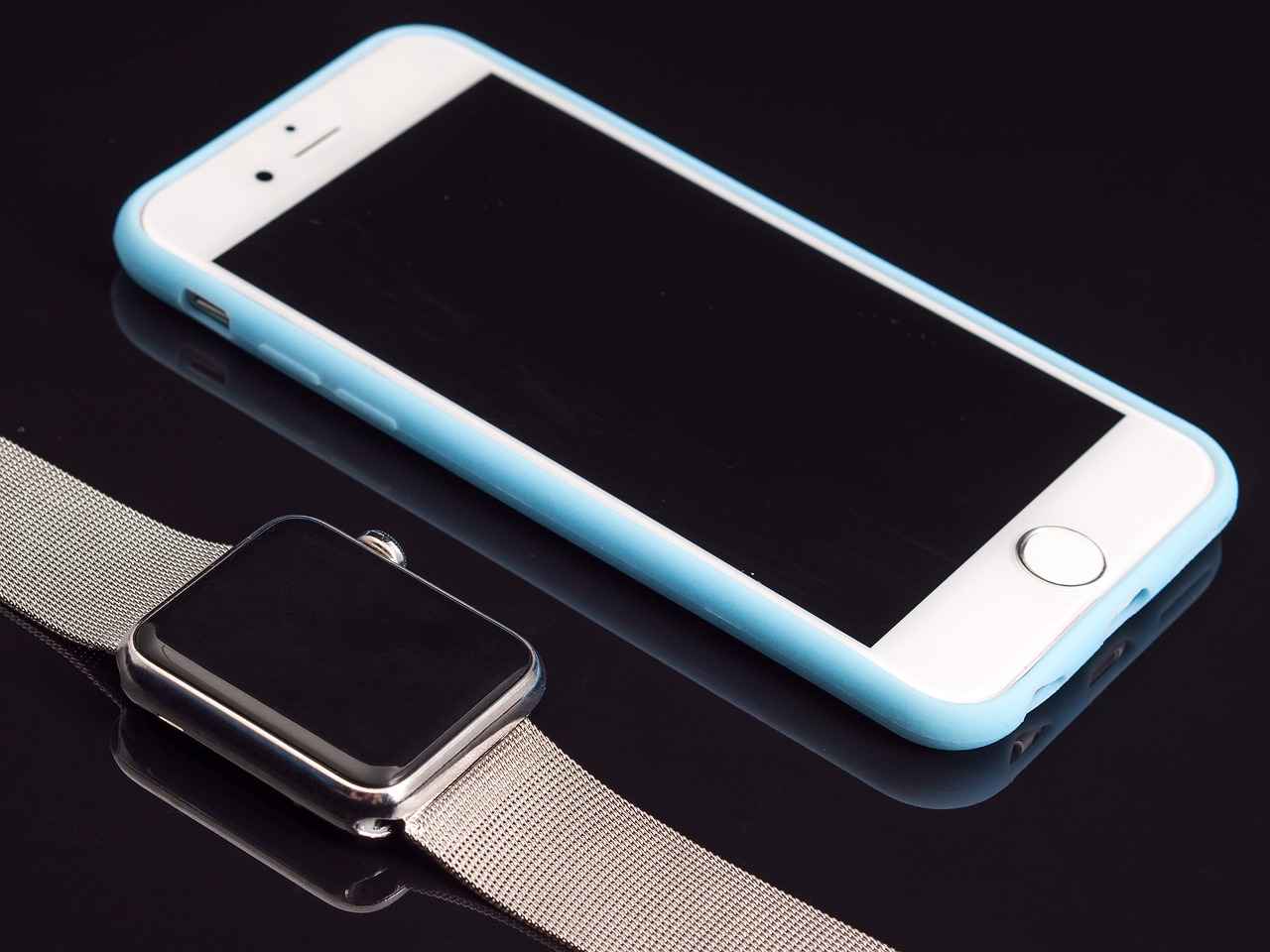
Samsung Galaxy Watch: A Comprehensive Overview
Samsung’s Galaxy Watch series stands out in the smartwatch market, offering a perfect combination of elegance and advanced functionality. With a design that appeals to both fashion enthusiasts and tech-savvy users, the Galaxy Watch caters to a diverse audience. This section delves into its remarkable features, performance metrics, and seamless compatibility with Android devices.
The Galaxy Watch features a vibrant AMOLED display that ensures clarity and visibility in various lighting conditions. Its customizable watch faces allow users to express their individuality, making it a versatile accessory for any occasion. The premium materials used in its construction enhance durability while providing a luxurious feel.
Health and wellness are at the forefront of the Galaxy Watch’s capabilities. It offers comprehensive health monitoring options, including:
- Heart Rate Monitoring: Real-time heart rate tracking helps users maintain optimal fitness levels.
- Sleep Tracking: Insights into sleep patterns allow users to improve their rest quality.
- Stress Management: Built-in tools promote relaxation and mindfulness through guided breathing exercises.
Equipped with a robust processor, the Galaxy Watch delivers a smooth user experience. Its battery life is commendable, often lasting several days on a single charge, depending on usage. This longevity is particularly beneficial for users who lead active lifestyles and prefer not to charge their devices frequently.
The Galaxy Watch is designed to work seamlessly with a wide range of Android smartphones, making it an attractive option for users within the Android ecosystem. Its compatibility extends beyond Samsung devices, allowing for notifications, calls, and app management directly from the wrist. This integration enhances the overall user experience, providing convenience and accessibility.
Beyond fitness and health, the Galaxy Watch supports a variety of applications that cater to daily needs. Users can access their favorite apps, stream music, and even make payments through Samsung Pay. These smart features make it not just a smartwatch but a comprehensive digital assistant.
Health Features and Monitoring
Samsung watches have emerged as a prominent choice for individuals seeking to enhance their health and wellness. With a focus on health monitoring, these devices offer a variety of features designed to cater to the needs of health-conscious users. One of the standout functionalities is the sleep tracking feature, which provides users with insights into their sleep patterns. By analyzing sleep duration and quality, users can make informed adjustments to improve their overall rest.
In addition to sleep tracking, Samsung watches are equipped with advanced stress management tools. These tools allow users to monitor their stress levels throughout the day, offering guided breathing exercises and mindfulness techniques to help mitigate stress. This feature is particularly beneficial for those juggling busy schedules and seeking to maintain a balanced lifestyle.
The integration of heart rate monitoring further enhances the health capabilities of Samsung watches. Users can keep track of their heart rate in real-time, enabling them to understand their cardiovascular health better. This feature is crucial for fitness enthusiasts who want to optimize their workouts and ensure they are training within safe limits.
| Health Features | Description |
|---|---|
| Sleep Tracking | Analyzes sleep patterns and provides insights to improve sleep quality. |
| Stress Management | Monitors stress levels and offers guided breathing exercises. |
| Heart Rate Monitoring | Tracks real-time heart rate for better cardiovascular health management. |
Moreover, Samsung’s health monitoring features are complemented by a user-friendly interface that makes accessing health data straightforward. Users can easily navigate through various health metrics and receive personalized recommendations based on their activity levels and health goals.
In summary, Samsung watches not only provide essential health monitoring options but also encourage users to adopt a more proactive approach to their well-being. With features like sleep tracking, stress management, and heart rate monitoring, these devices are tailored to meet the diverse needs of health-conscious individuals.
Compatibility with Android Devices
The Samsung Galaxy Watch has gained significant popularity among users due to its extensive compatibility with a variety of Android devices. This feature not only enhances its functionality but also broadens its appeal to a diverse audience, particularly those who own Samsung or other Android smartphones. The seamless integration allows users to enjoy a range of features that enhance their daily lives.
One of the most appealing aspects of the Galaxy Watch is its ability to sync effortlessly with Android devices. Users can receive notifications, respond to messages, and access apps directly from their wrist, providing a level of convenience that is hard to match. This compatibility ensures that users can stay connected without needing to constantly check their phones, making it an ideal companion for those with busy lifestyles.
Moreover, the Galaxy Watch supports various health and fitness applications that are commonly used on Android devices. This integration allows users to track their workouts, monitor their heart rate, and even manage their sleep patterns with ease. The ability to sync health data with popular fitness apps means that users can have a comprehensive view of their health metrics, which is essential for those who prioritize wellness.
Another significant advantage is the customization options available for Android users. The Galaxy Watch offers a variety of watch faces, apps, and widgets that can be tailored to individual preferences. This level of personalization enhances the user experience, allowing each individual to create a smartwatch that truly reflects their style and needs.
In conclusion, the Galaxy Watch’s compatibility with Android devices significantly enhances its attractiveness, making it a top choice for users who prefer Samsung or other Android smartphones. The combination of connectivity, health tracking, and customization options positions the Galaxy Watch as a versatile and appealing smartwatch in the competitive market.

Fitbit: Focus on Health and Fitness
Fitbit smartwatches have become synonymous with health and fitness tracking. Their reputation is built on a range of innovative features designed to help users achieve their wellness goals. This section delves into the unique attributes that make Fitbit a top choice for fitness enthusiasts.
One of the standout features of Fitbit devices is their comprehensive activity tracking. Users can monitor various metrics, including:
- Steps taken
- Calories burned
- Distance traveled
- Active minutes
This data is invaluable for those looking to improve their physical fitness, as it provides insights into daily activity levels and encourages users to stay active.
Fitbit goes beyond just daytime activity; it also offers sleep tracking features that analyze sleep patterns. Users receive detailed reports on:
- Total sleep time
- Sleep stages (light, deep, and REM)
- Sleep score to gauge overall sleep quality
This information helps users understand their sleep habits and make necessary adjustments to enhance their rest and recovery.
Fitbit fosters a sense of community through its social features. Users can connect with friends, join challenges, and share achievements, which significantly boosts motivation. The competitive aspect of challenges encourages users to push their limits and stay committed to their fitness journeys.
Fitbit devices offer personalized insights based on user data, providing tailored recommendations for exercise and lifestyle changes. The Fitbit Premium subscription enhances this experience with guided workouts and wellness programs, making it easier for users to reach their specific fitness goals.
In summary, Fitbit smartwatches are not just devices; they are comprehensive health and fitness companions that empower users to lead healthier lives through advanced tracking, community support, and personalized insights.
Activity and Sleep Tracking
Fitbit has cemented its reputation as a leader in the realm of health and fitness tracking, particularly through its exceptional features. These capabilities are designed to provide users with valuable insights into their daily routines and sleep patterns, ultimately fostering a healthier lifestyle.
One of the standout aspects of Fitbit devices is their ability to monitor daily activities with remarkable accuracy. From counting steps to tracking workouts, Fitbit offers a comprehensive overview of physical activity. Users can set personalized goals and receive real-time feedback, which serves as a powerful motivator to stay active throughout the day. By analyzing this data, individuals can identify trends in their activity levels, making it easier to adjust their routines for better health outcomes.
In addition to activity tracking, Fitbit excels in sleep monitoring. The devices utilize advanced sensors to assess sleep quality, duration, and patterns. Users receive detailed reports on their sleep stages, including light, deep, and REM sleep. This information is crucial for understanding how well one is resting and can lead to actionable insights for improving sleep hygiene. For instance, if a user notices they are not getting enough deep sleep, they can make adjustments to their bedtime routine or environment.
Moreover, Fitbit’s mobile app enhances the user experience by providing a central hub for tracking health metrics. The app not only displays activity and sleep data but also offers personalized insights and recommendations based on the collected information. This holistic approach empowers users to take charge of their health and make informed decisions.
Lastly, Fitbit fosters a sense of community among its users through various challenges and social features. This engagement encourages individuals to stay motivated and accountable, making fitness a fun and interactive experience. Overall, Fitbit’s commitment to activity and sleep tracking makes it an invaluable tool for anyone looking to enhance their health and wellness.
Community and Challenges
Fitbit has carved a niche for itself in the smartwatch market, particularly through its community features that promote user engagement. These features are not just add-ons; they play a vital role in motivating users to maintain an active lifestyle. By fostering a sense of community, Fitbit transforms fitness into a shared journey rather than a solitary task.
One of the most compelling aspects of Fitbit’s community is the ability to participate in challenges. Users can join various fitness challenges, ranging from step competitions to specific workout goals. These challenges often involve friends or family, creating a friendly competitive environment that encourages participants to push their limits. For example, a step challenge can motivate users to walk more each day, as they strive to outdo their peers.
Moreover, the social interactions facilitated by Fitbit’s platform are invaluable. Users can share their achievements, post updates, and even cheer each other on through the app. This social connectivity not only enhances motivation but also fosters accountability among users. When individuals see their friends making progress, they are more likely to stay committed to their own fitness goals.
Fitbit also incorporates features such as leaderboards and badges to gamify the fitness experience. These elements provide tangible rewards for effort and achievement, making the pursuit of health and fitness more enjoyable. Users can earn badges for reaching milestones, which adds an element of fun and encourages continued participation.
In addition to challenges and social features, Fitbit’s community aspect extends to forums and groups where users can discuss tips, share experiences, and seek advice. This exchange of knowledge creates a supportive environment that can be particularly beneficial for those new to fitness or looking to improve their routines.
In summary, Fitbit’s community features are a cornerstone of its appeal, effectively motivating users to stay active through challenges and social interactions. By leveraging the power of community, Fitbit not only enhances individual fitness journeys but also cultivates a culture of health and wellness among its users.

Comparative Analysis: Pricing and Value
When it comes to selecting a smartwatch, price plays a pivotal role in the decision-making process. The market is dominated by three major players: Apple, Samsung, and Fitbit. Each brand employs distinct pricing strategies that reflect their target demographics and feature sets. This section delves into the pricing structures of these brands to provide a clearer understanding of their overall value.
Apple’s Premium Pricing Strategy
The Apple Watch is often viewed as a premium product, with prices reflecting its advanced features and brand reputation. Ranging from $399 to over $1,000, the Apple Watch offers various models, including the standard, SE, and Ultra versions. The higher price point is justified by its integration with the iOS ecosystem, extensive health monitoring capabilities, and high-quality materials.
Samsung’s Competitive Pricing
In contrast, Samsung positions its Galaxy Watch series with a more competitive pricing strategy. Prices typically range from $250 to $400, making it accessible to a broader audience. Samsung balances functionality and style, offering features like health tracking and customizable watch faces at a relatively lower cost compared to Apple. This strategy attracts both budget-conscious consumers and those looking for premium features without the hefty price tag.
Fitbit’s Affordable Health-Focused Options
Fitbit has carved a niche in the market with its focus on health and fitness tracking, offering smartwatches that are generally more affordable, ranging from $150 to $300. This pricing makes Fitbit an attractive option for fitness enthusiasts who prioritize health metrics over other smartwatch functionalities. The brand’s emphasis on community engagement and challenges further enhances its appeal, especially among users looking for motivation in their fitness journeys.
Value Assessment: What Do You Get for Your Money?
When assessing value, it is essential to consider what features are most important to you. Apple offers a robust ecosystem and premium features, while Samsung provides a balance of style and functionality at competitive prices. Fitbit, on the other hand, focuses on essential health tracking features, making it a great choice for budget-conscious consumers. Ultimately, the best smartwatch for you will depend on your specific needs and budget.
Budget-Friendly Options
In today’s technology-driven world, smartwatches have become essential gadgets for many individuals. However, not everyone is ready to invest in high-end models like the Apple Watch or the Samsung Galaxy Watch. This drives the demand for budget-friendly alternatives that still offer impressive features and functionality.
When exploring the smartwatch market, consumers can find several options that provide excellent value without compromising on essential features. Here are some key considerations when looking for budget-friendly smartwatches:
- Feature Set: Many affordable smartwatches come equipped with essential features such as heart rate monitoring, sleep tracking, and activity logging. Devices from brands like Garmin and Amazfit offer robust health tracking capabilities at a fraction of the cost of premium models.
- Battery Life: One of the most significant advantages of budget smartwatches is their battery life. Some models can last several days on a single charge, making them ideal for users who prefer low-maintenance devices.
- Compatibility: While some budget smartwatches may lack the seamless integration seen in premium models, many are compatible with both iOS and Android devices, ensuring a broad user base can benefit from their features.
- Customization: Budget options often include customizable watch faces and bands, allowing users to personalize their devices without spending a lot. Brands like Fitbit and Huawei offer various styles and designs to suit different tastes.
By comparing these budget-friendly options, consumers can find smartwatches that meet their needs without overspending. With so many choices available, it’s possible to enjoy the benefits of a smartwatch while staying within a reasonable budget.
Premium Features and Their Costs
When considering the purchase of a smartwatch, it is essential to understand the relationship between premium features and their associated costs. This knowledge not only aids in making informed decisions but also ensures that consumers select a device that aligns with their needs and budget.
Premium features often include advanced health tracking capabilities, customizable watch faces, and enhanced connectivity options. For instance, smartwatches like the Apple Watch and Samsung Galaxy Watch offer functionalities such as ECG monitoring, sleep analysis, and integration with various apps. These features come at a higher price point, reflecting the technology and research invested in their development.
To assist consumers in navigating the pricing landscape, we can categorize smartwatches into three distinct tiers:
| Tier | Price Range | Features |
|---|---|---|
| Budget | $100 – $200 | Basic fitness tracking, notifications, and limited app support. |
| Mid-Range | $200 – $400 | Advanced health metrics, customizable watch faces, and better app integration. |
| Premium | $400+ | Comprehensive health monitoring, premium materials, and extensive app ecosystem. |
Understanding these tiers can help consumers identify what features are essential for their lifestyle. For example, a fitness enthusiast may prioritize advanced health tracking features, while a casual user might find basic functionalities sufficient.
Moreover, it is crucial to consider the long-term value of investing in premium features. While the initial cost may be higher, the benefits gained from enhanced functionalities can lead to better health outcomes and greater satisfaction over time. Thus, consumers should weigh their options carefully, ensuring that their chosen smartwatch provides the best balance of features and price.
Frequently Asked Questions
- What are the main benefits of using a smartwatch?
Smartwatches offer a range of benefits, such as health tracking, notifications, and easy access to apps. They enhance your daily life by keeping you connected and helping you monitor your fitness goals.
- How does the Apple Watch compare to Samsung Galaxy Watch?
The Apple Watch is known for its seamless integration with iOS devices and robust health features, while the Samsung Galaxy Watch excels in compatibility with Android devices and offers unique health tracking options. Your choice depends on your smartphone ecosystem.
- Are Fitbit smartwatches suitable for serious athletes?
Absolutely! Fitbit devices are designed with fitness enthusiasts in mind, providing detailed activity and sleep tracking, as well as community features that motivate users to stay active.
- What should I consider when choosing a smartwatch?
Key factors include compatibility with your smartphone, desired health features, battery life, and your budget. Think about what features matter most to you and how you plan to use the watch.
- Are there budget-friendly smartwatch options?
Yes! Many brands offer budget-friendly smartwatches that still provide essential features. It’s worth exploring these options to find a device that fits your needs without breaking the bank.

